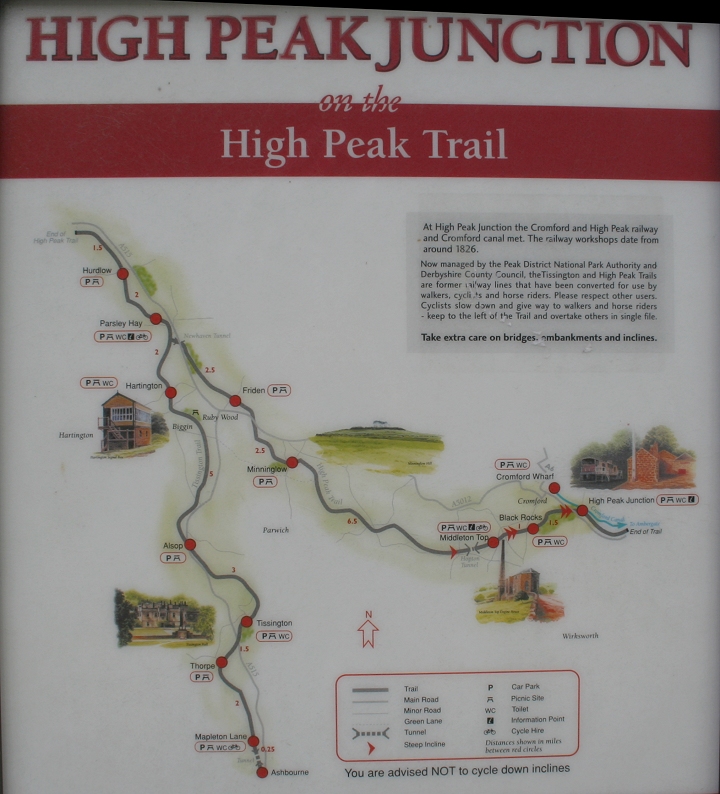
From Middleton Top the track bed continues northwards to Hopton incline and then the 11 miles to where the High Peak Trail meets
the Tissington Trail at Parsley Hay, then to the end of the Trail at Hurdlow. (Aug. 2010)
HIGH PEAK
RAILWAY WALKS
(From walks on Tuesday 29h of May
& 26th June 2012)
(Update January 2015) (Updated May 2017) (Update May 2018).
MIDDLETON TOP TO HOPTON SUMMIT
This turned out to be quite a fair walk. As usual I had to take the train from home to Whatstandwell. Arriving there at 09.20 then walking via the Cromford Canal to High Peak Goods.
From here I walked the three gradients, Sheep Pasture Bottom to Middleton Top then started over fresh ground via Hopton Incline and stopping just short of Longcliffe. I had run out
of time and had to return by 13.00 so that I could get back to Whatstandwell for the 17.46 to Derby and arriving back home again at 21.30. If I had gone onto Longcliffe. I would not
have got back home that same day. It isn't easy finding a B&B, Guest House or Hotel in this rather sparse, if beautiful area.

From Middleton Top the
track bed continues northwards to Hopton incline and then the 11 miles
to where the High Peak Trail meets
the Tissington Trail at Parsley Hay, then to the end of the Trail at
Hurdlow. (Aug. 2010)
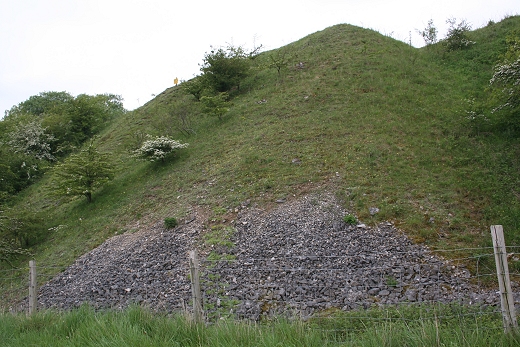
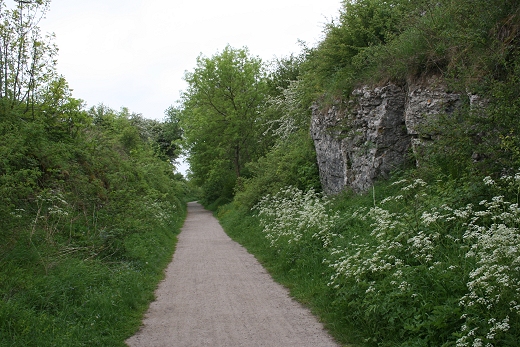
The long straight track bed runs
past the site of Middleton sidings. The slag heap on the right is now
a carpet of green.
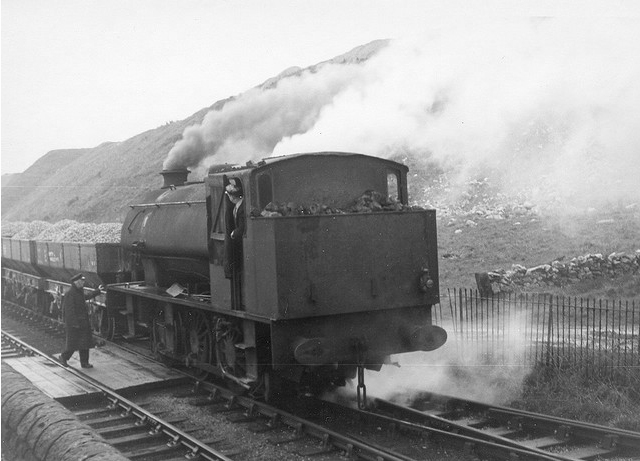
Shunting at Middleton
by the slag heaps 1960's. (John Neave)
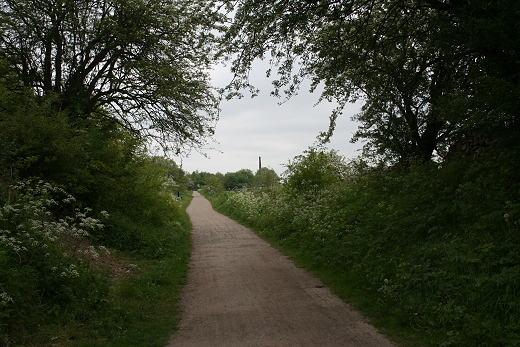

Left: Looking back with the engine
house chimney in the
background
.
Right: towards the curve, Ex Intake Quarry spur and to Hopton
tunnel.
While walking between Middleton Top and
Hopton you don't realise that you are walking on a long and heavily
built stone embankment. You have to go down onto the
lane following on the south side of the track bed to see how
impressive this stone embankment really is....
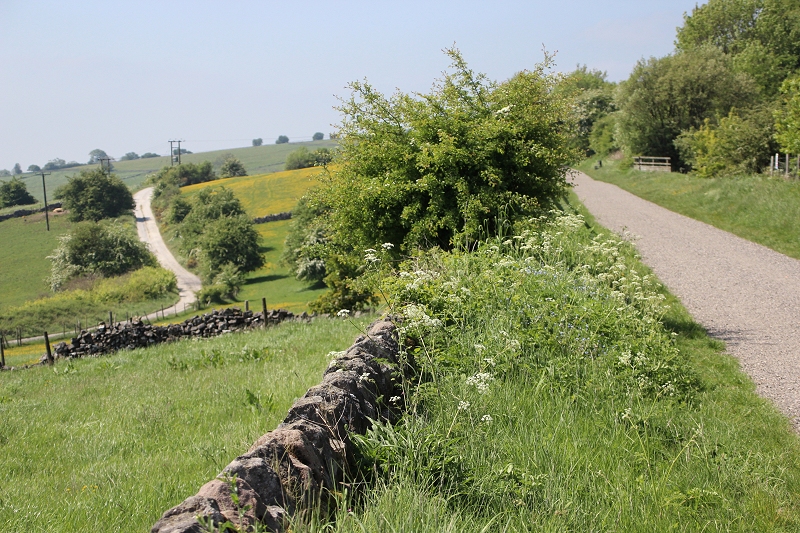
Leaving Middleton
towards Hopton over the stone embankment. May 2018.
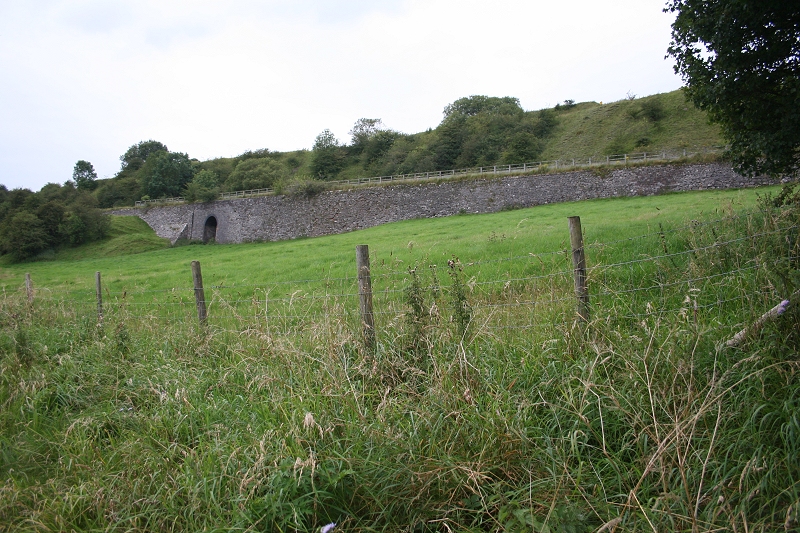
The long embankment also has a farm
crossing tunnel built into it.
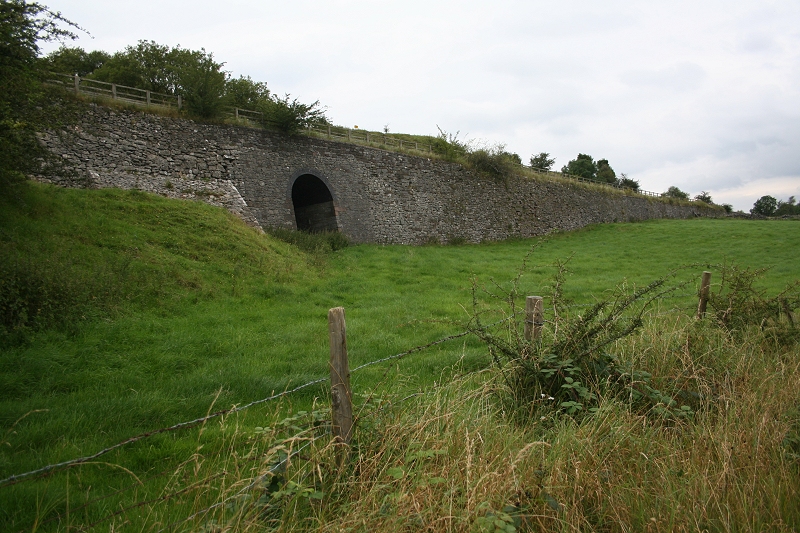
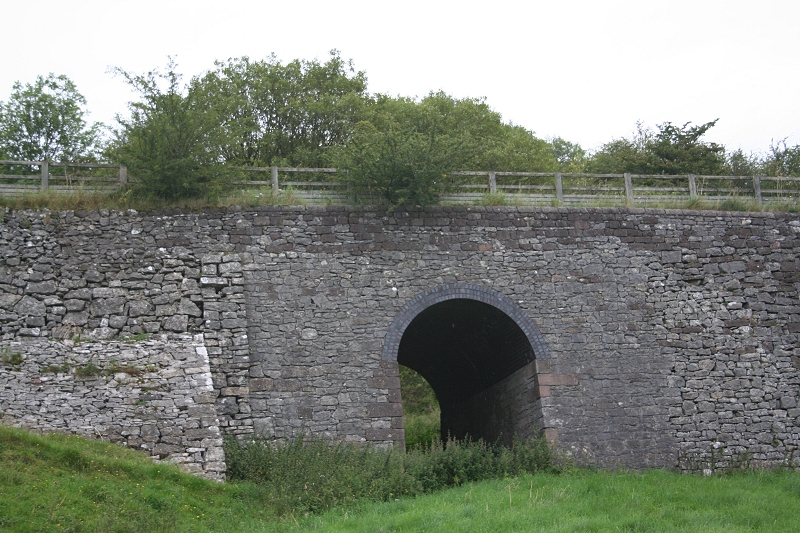
All three photos taken on the 24th
August 2012.
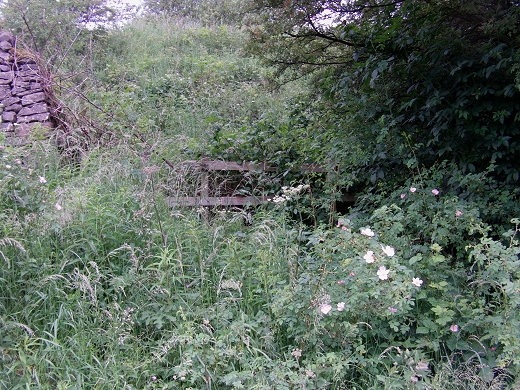
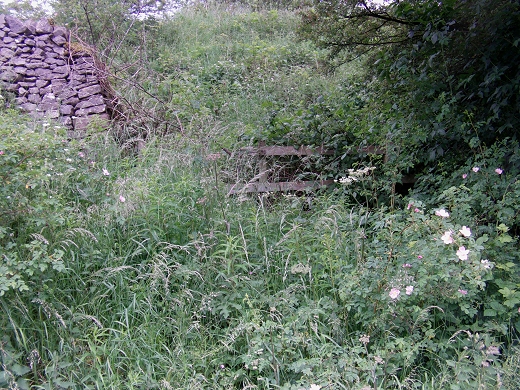
Just ahead of the
tunnel you come across the gated entrance of the spur into Intake
Quarry, just visible through the undergrowth.
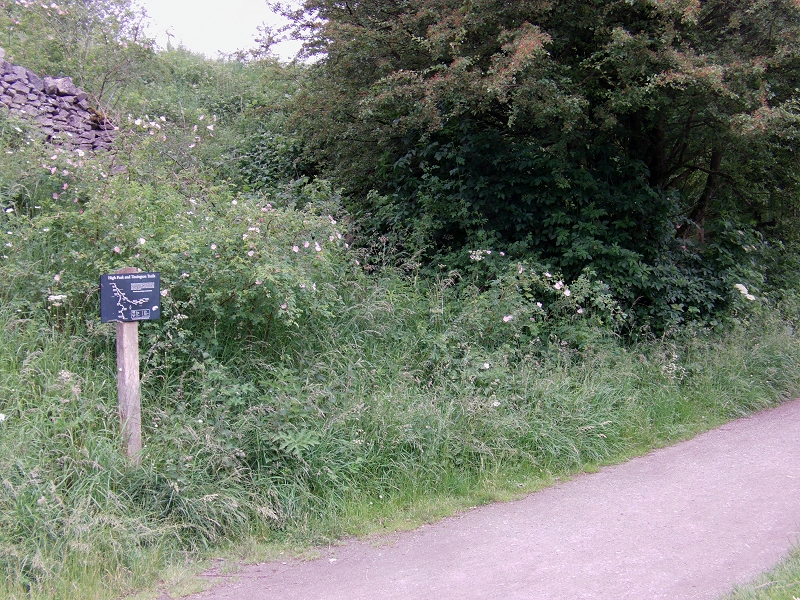
The site of the Ex
Jctn and spur into Intake Quarry. 26th June 2012.
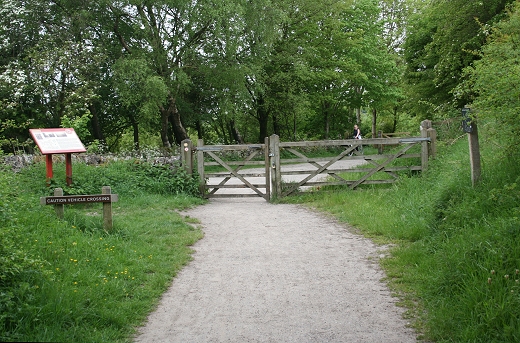
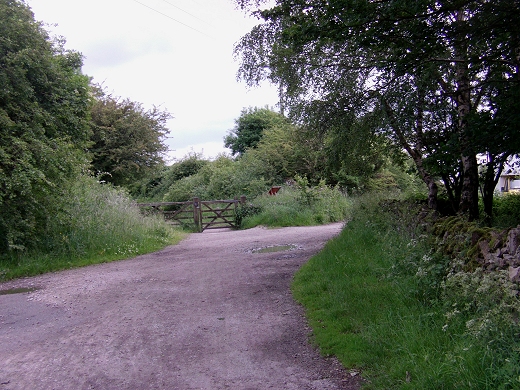
Left: A level crossing where a side
road ran into a
quarry.
Right: Reverse view from track bed on Hopton side o the road. 26th
June 2012.
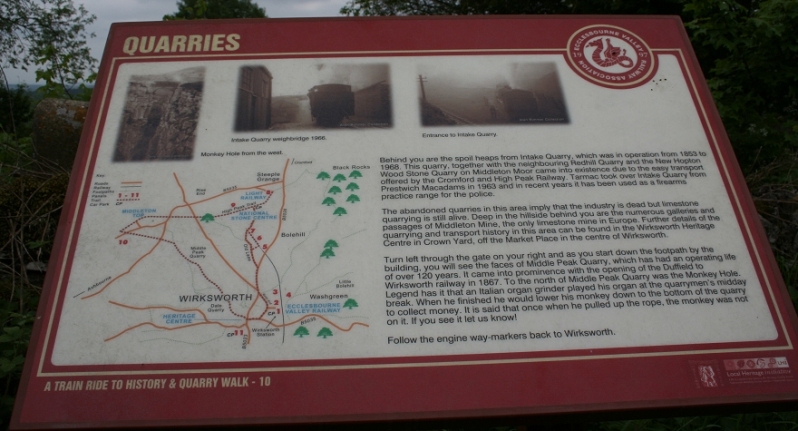
The
quarries served by rail in the Wirksworth area.
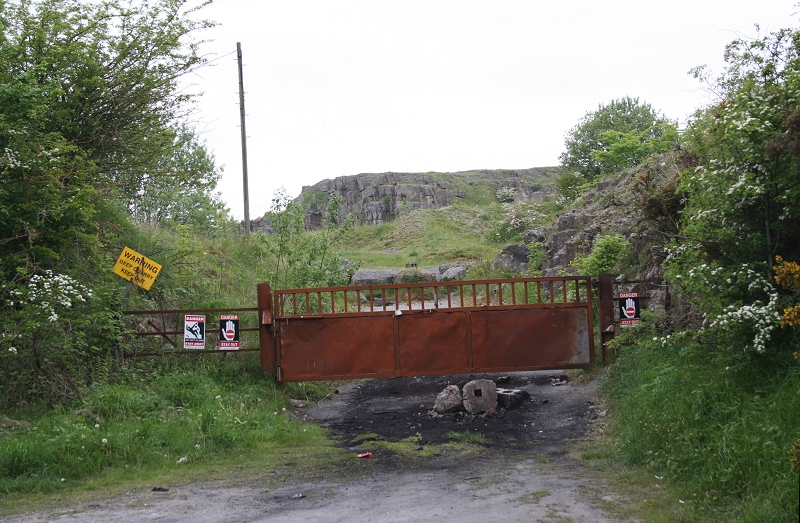
Blocked off road
entrance to the now unused Intake Quarry by the Ex crossing . This
quarry had a rail link. Not easy to find the link by the mainline
just before the old level crossing.
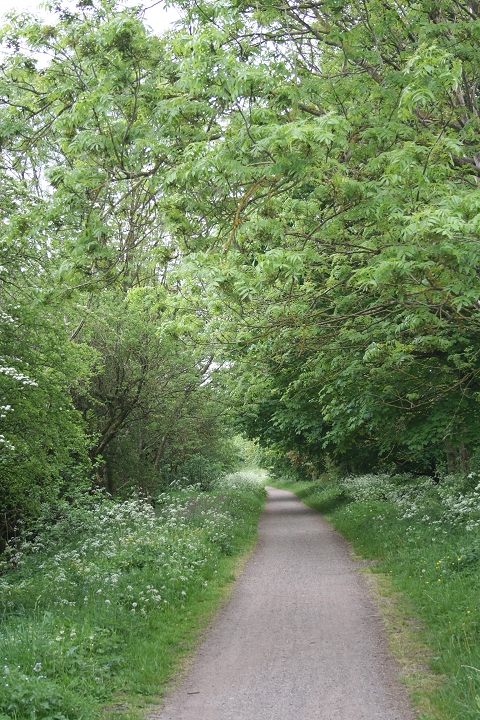
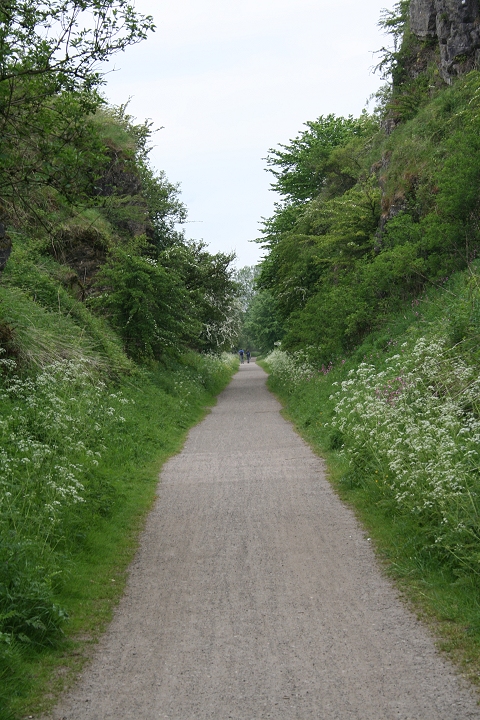
Left: The track bed
winding towards Hopton Tunnel. Right: Back towards Middleton.
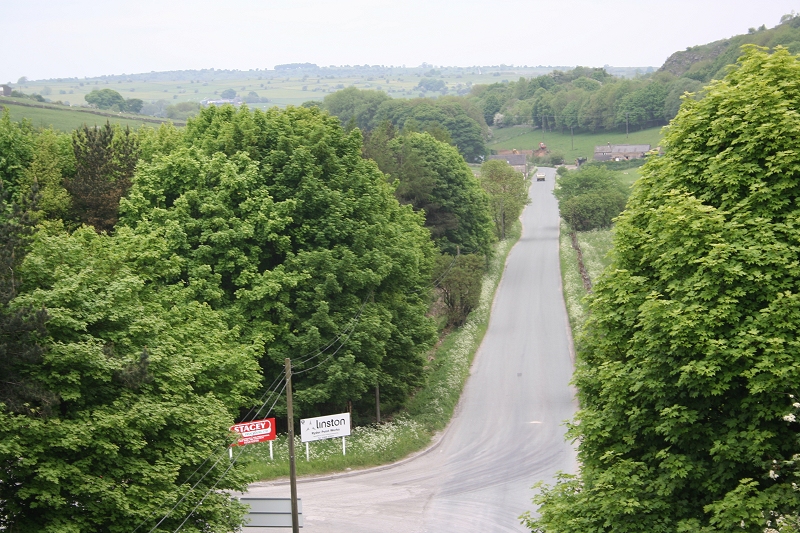
Approaching Hopton
Tunnel. May 2018.
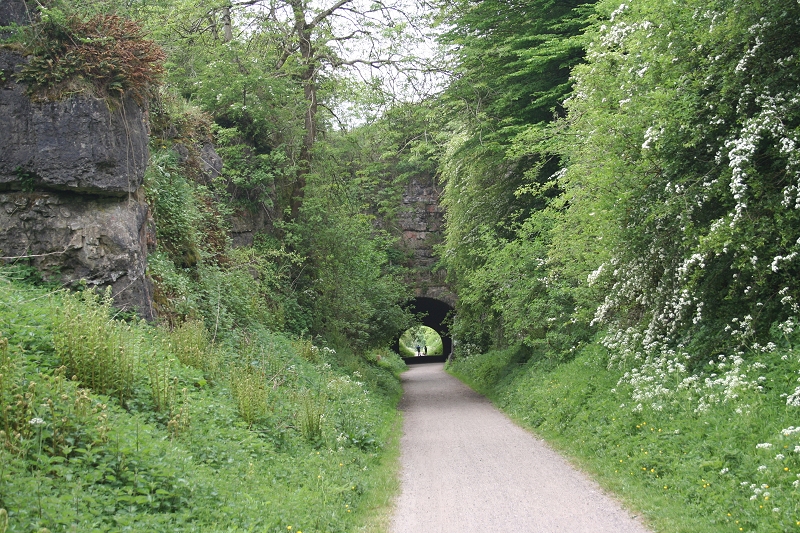
The western end end of
Hopton Tunnel
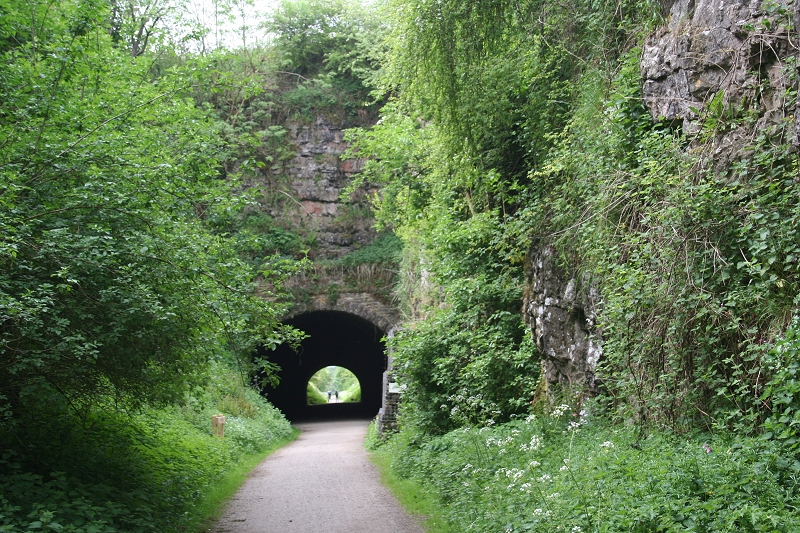
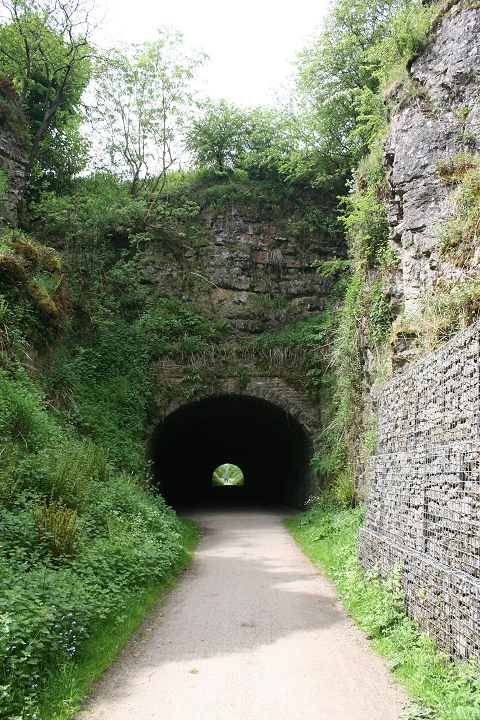
The eastern
end of Hopton tunnel.
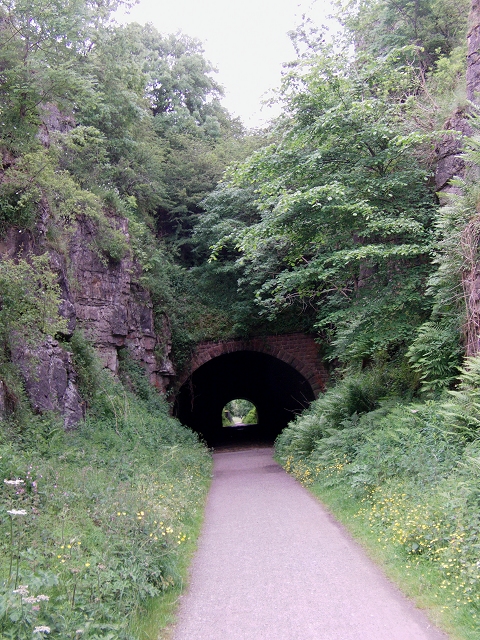
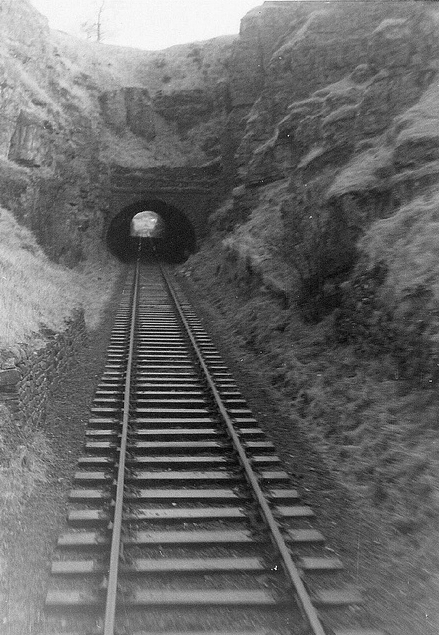
Left: Southern mouth
of Hopton
Tunnel
Right: By John Neave 1960's.
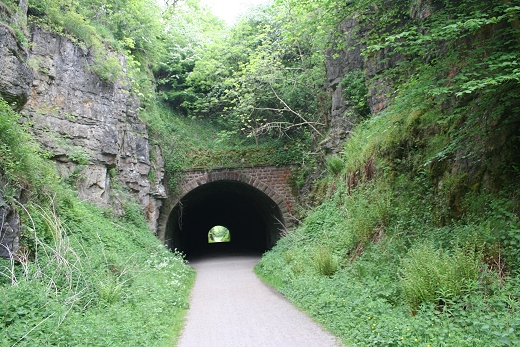
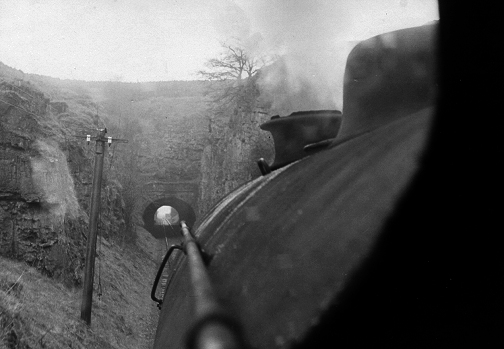
Now and then (The
eastern end of tunnel). Right: John Neave. 1960's.
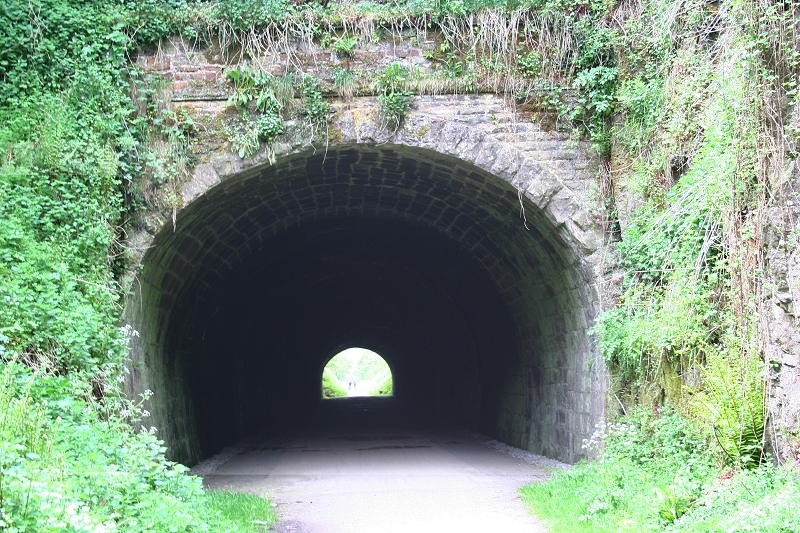
The tunnel is
interesting in that the center section is lined by wood.
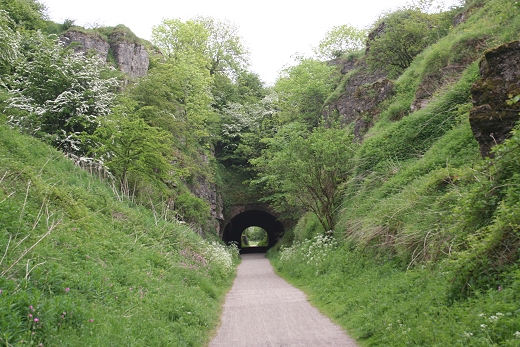
The eastern entrance
to the tunnel
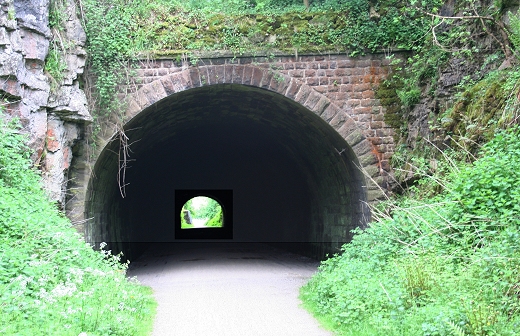
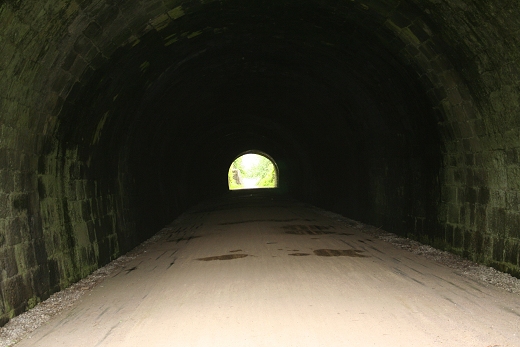
Views from eastern end of
tunnel.
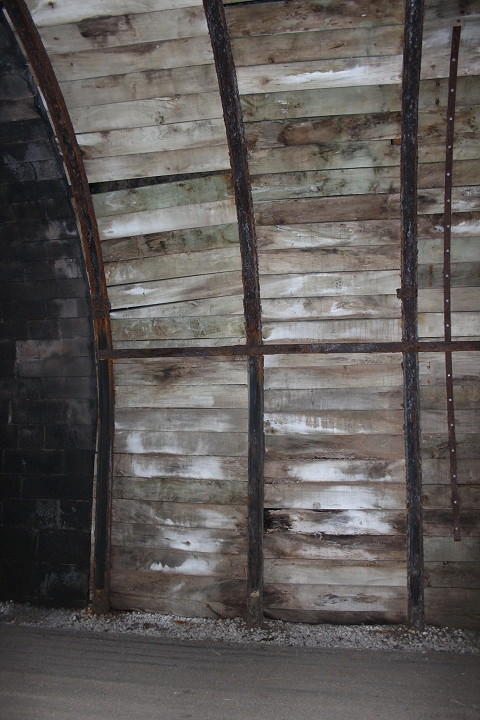
Part
way into the tunnel the roof and walls have been re-enforced by
wooden slats and
held in place by old rails. 10th June 2017.
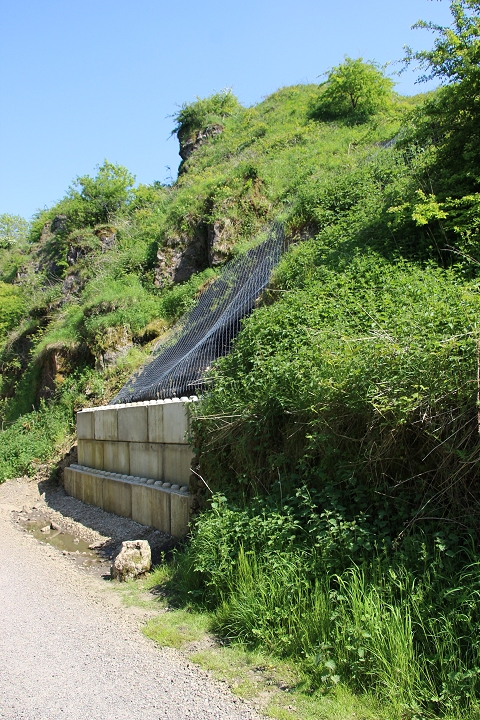
Land slides are still
occurring in the cutting and have to be dealt with. May 2018.
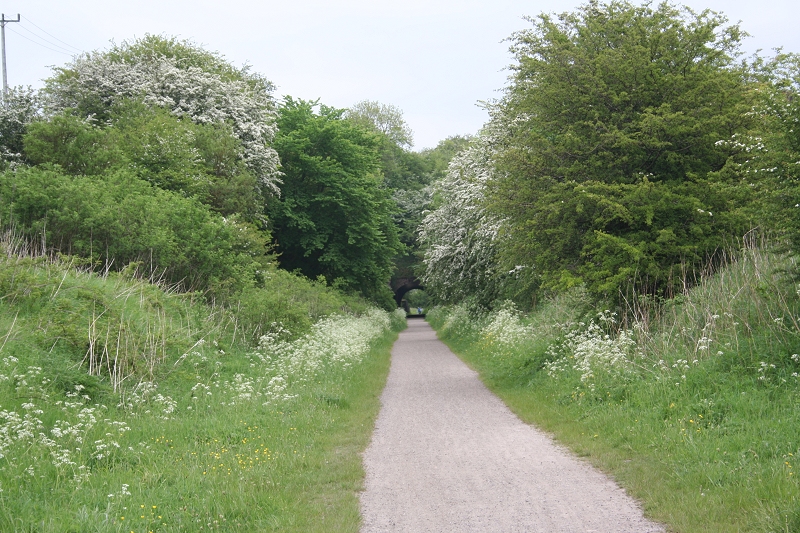
Looking back towards the eastern end
of the tunnel.
Remains of Hopton Wood Engine House Site (May 2018)
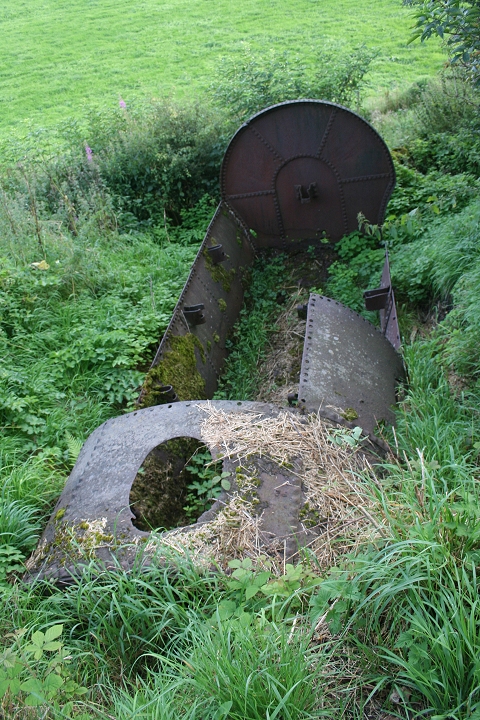
The
site of Hopton Wood Engine House near the base of the incline. All
that remains is the rusting engine still on it's orginal spot.
The engine house was buried beneath the
track bed when it increased for the new layout at Hopton.
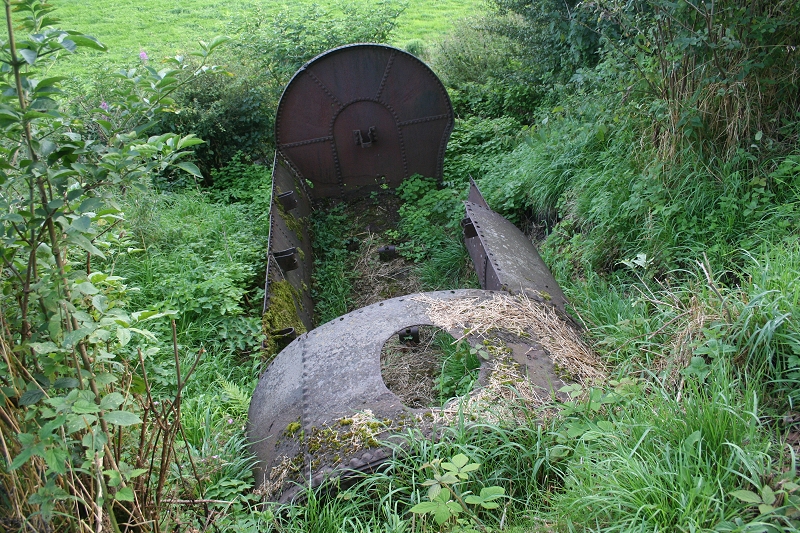
Ex Water Tank still at it's original position at Hopton. The building
around it is no more.
------------------------------------------------------------------------------------------------
UPDATE May 2018
A new notice at the bottom of the Hopton Incline
explains that the boiler is that used for the Hopton Wood quarry
branch and not for the Hopton incline.
Therefore there must have been another one at Hopton summit. It
appears that there s a lot more of the boiler beneath what you
actually see at the
surface. It is interesting to learn that the engine house was
buried below the track bed when it was increased in height.
Perhaps one day this will be
surveyed as there could well be some interesting artifact to be
found.
I
have never been able to work out just where the engine house was
at Hopton summit and would like to learn and see more about this
engine. Was there
wheel pits at both the top and at the bottom of the incline!
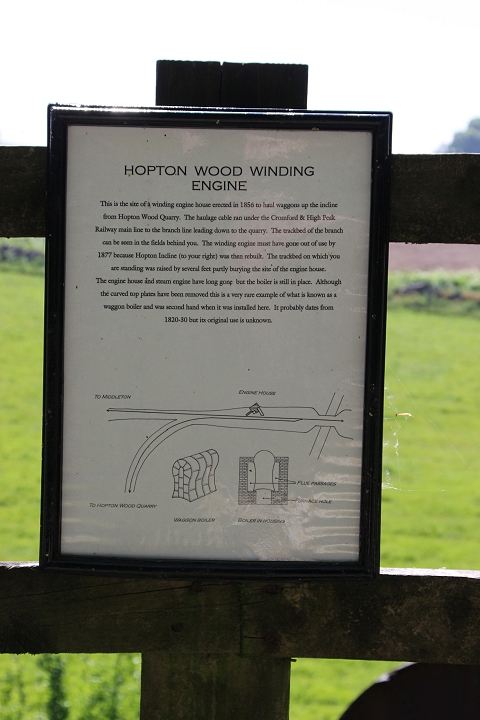
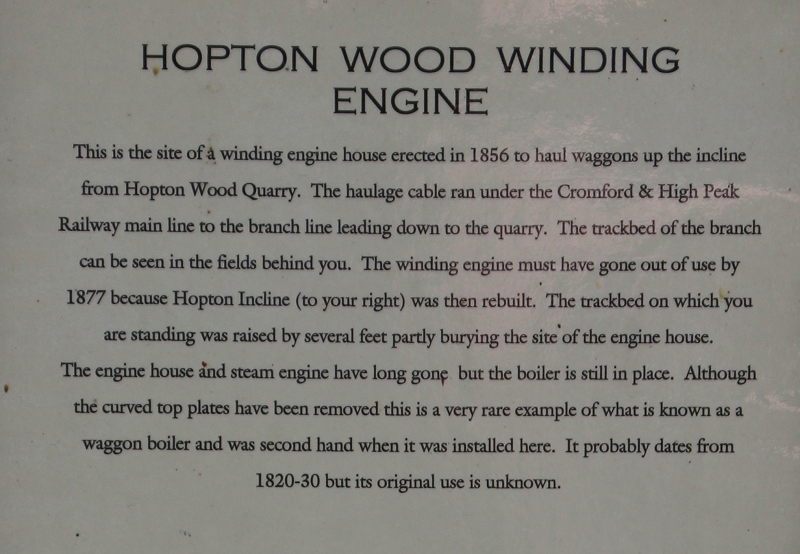
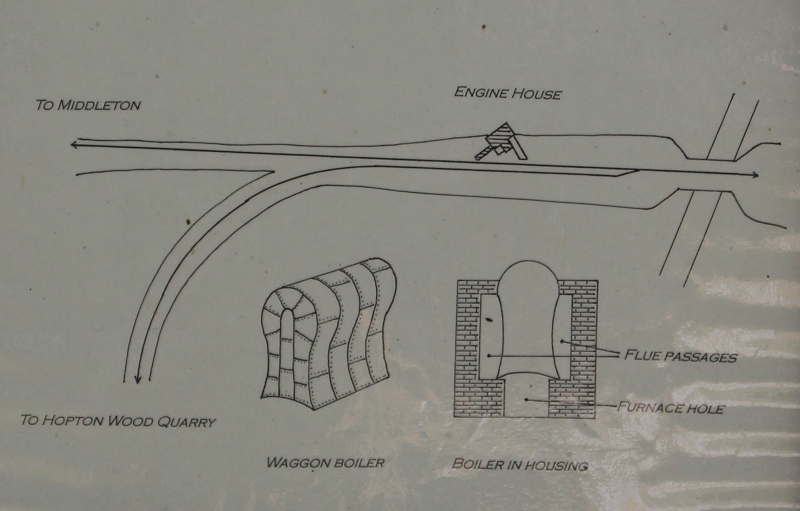
---------------------------------------------------------------------------------------
Just ahead of the tanks you reach the site of the junction from the Hopton Wood quarry branch.
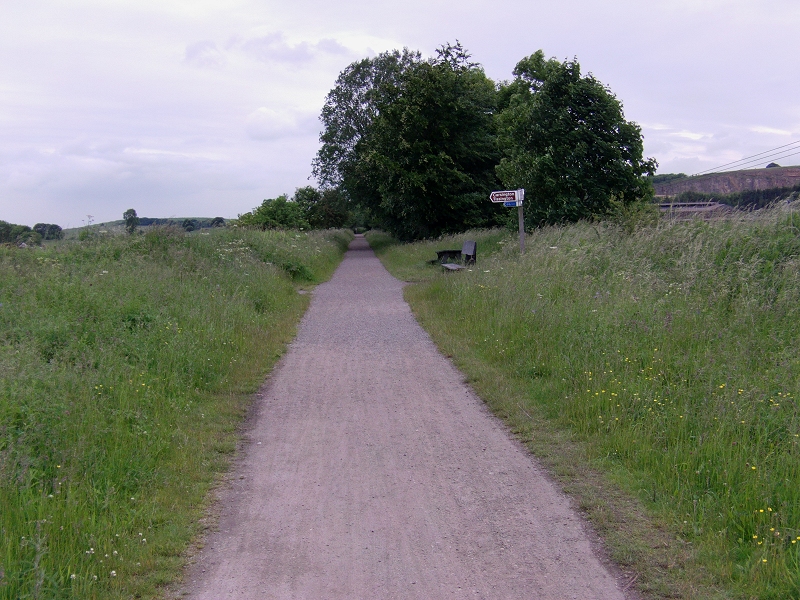
Hopton Wood Branch Junction. Coming
in from the right.
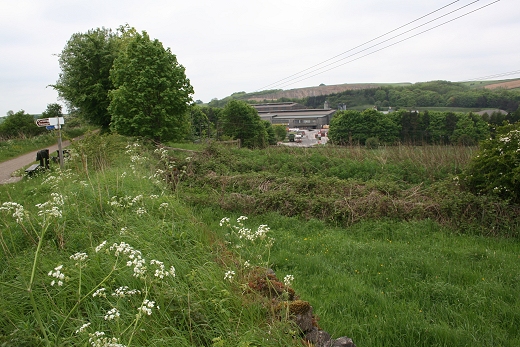
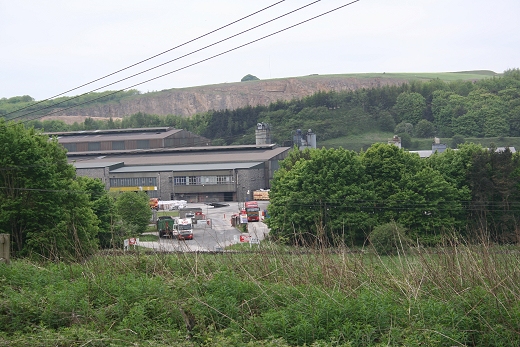
Left: The Hopton Wood quarries
branch line came in form the
right.
Right: The old quarry from the branch track bed
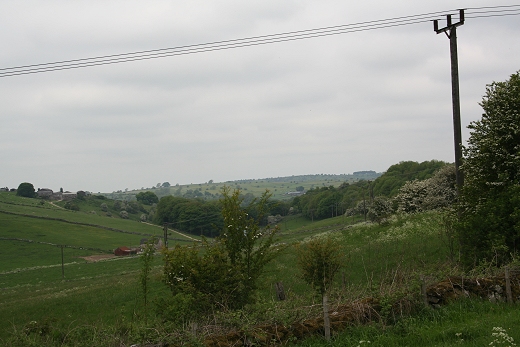
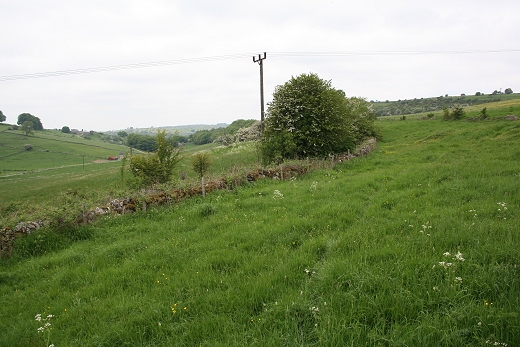
The branch is in the
immediate foreground, with the line stretching northwards toward
Hopton Wood quarries.
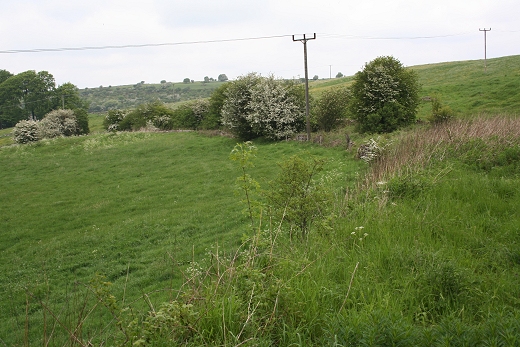
Running towards
Hopton Woods. There were a number of high, stone embankments on the
branch.
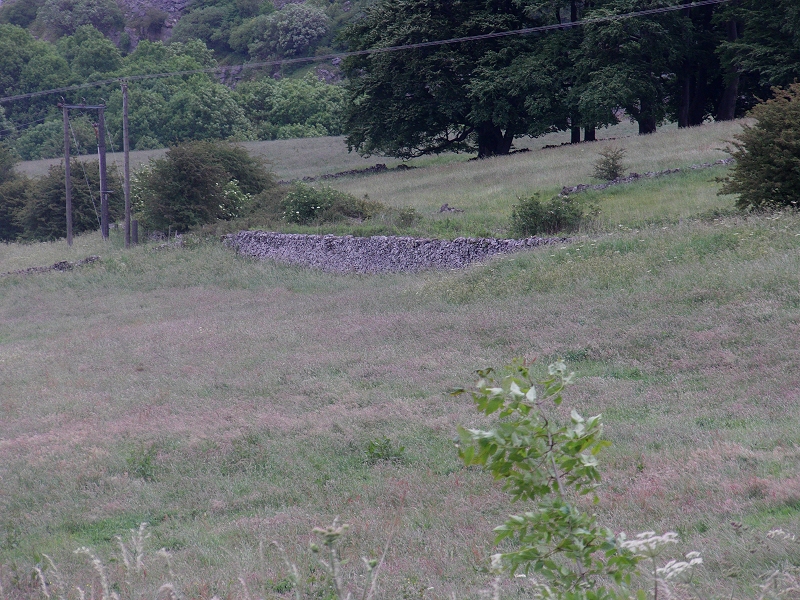
The stone-built embankment of the
Hopton Woods branch is seen from the main track bed. 26th June 2012.
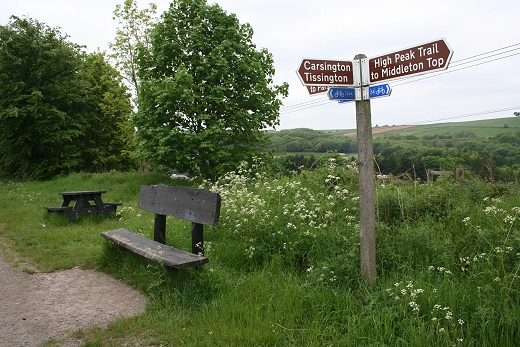
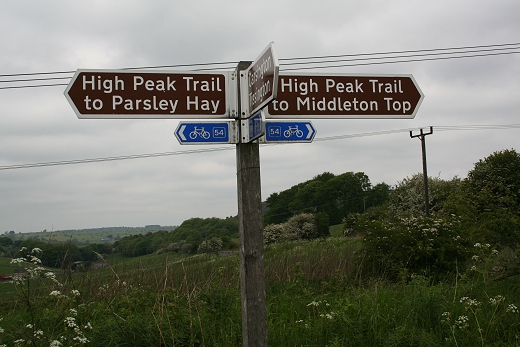
The way sign is by the
site of Hopton Wood branch junction
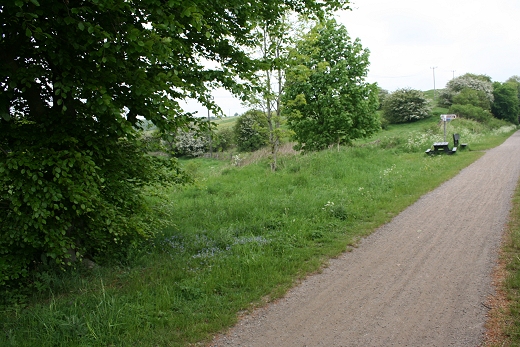

Actual site of the
branch junction. On the left.
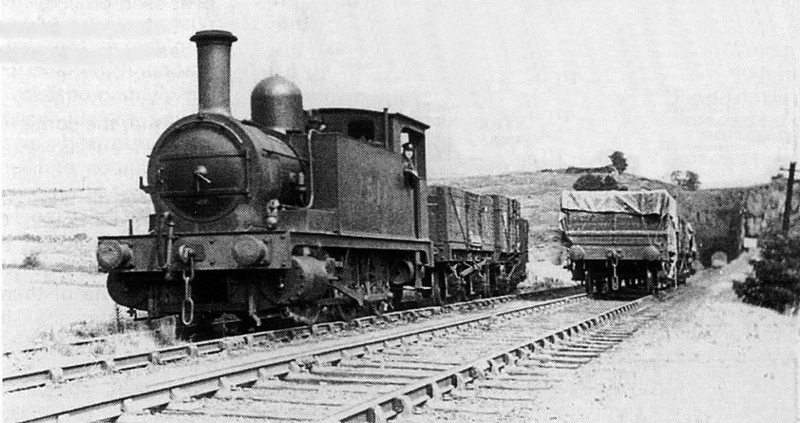
Train coming off the
Hopton Wood branch, while shunting it's train. Same spot as above
right. (E. R. Morten).

The road running down to Hopton
Woods, with the entrance to the old works on the left.

A loaded Lorry leaves the works,
with the Mines at Hopton Woods Quarries in the background. 26th June
2012.
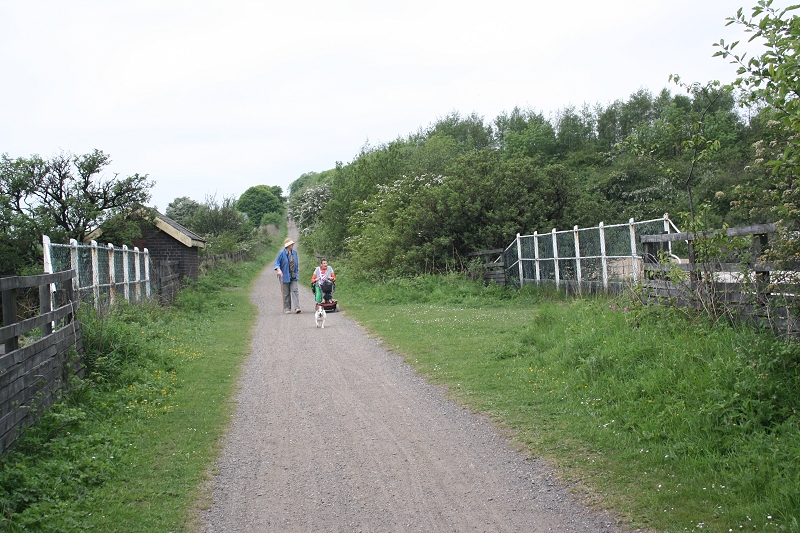
Theunder bridge leading into works
(to the right).
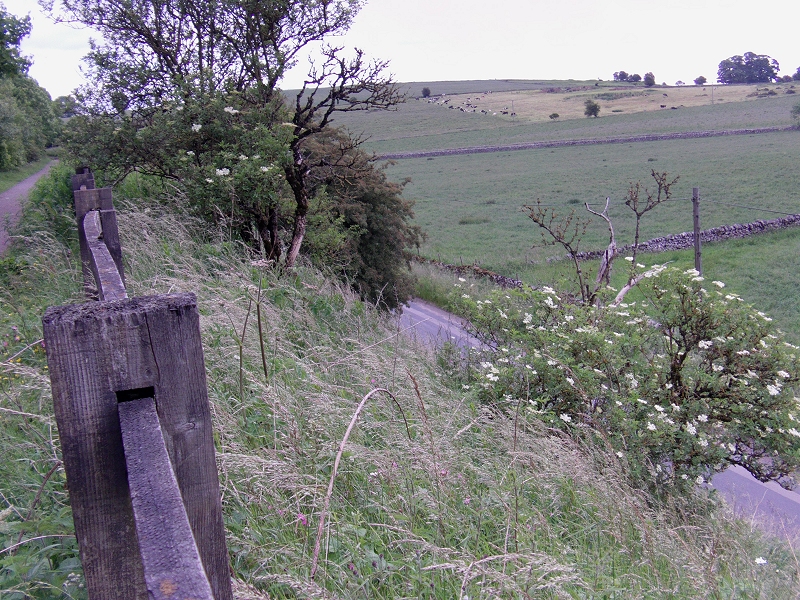
Around the spot where the train
derailed and went down the bank, landing in the road in 1937. The
driver was killed but the Fireman and guard
survived. (26th June 2012).
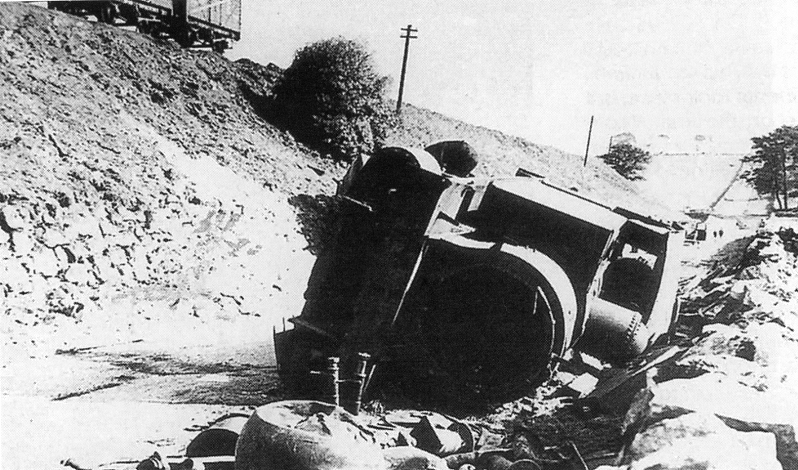
NLR-0-6-0T 27521 lies
on Manystones Lane on the 6th Oct. 1937. (H. Townley).
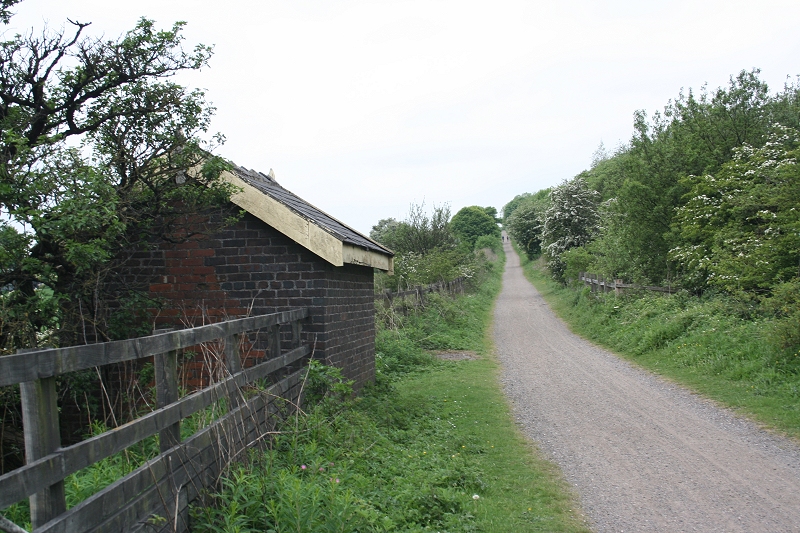
Both above. The Hopton incline from
line side hut.
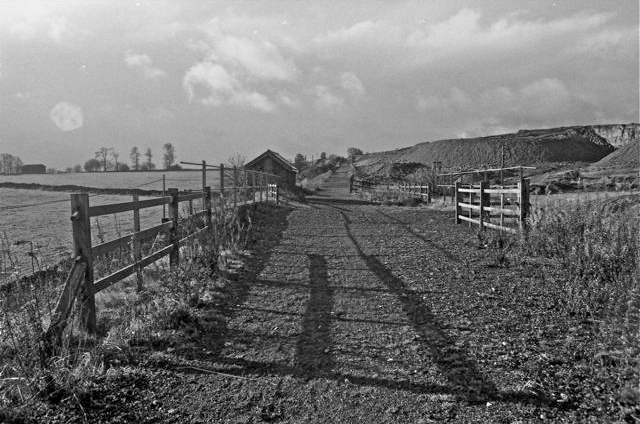
Looking up the
incline. The ballast is still quite fresh since track lifting.
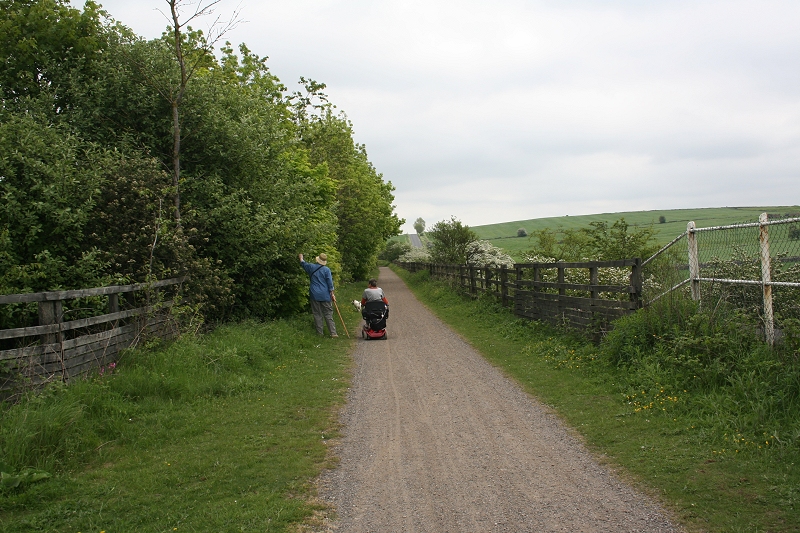
back towards Hopton
Tunnel. The battery-driven chairs are on hire from the High Peak
visitor centers.
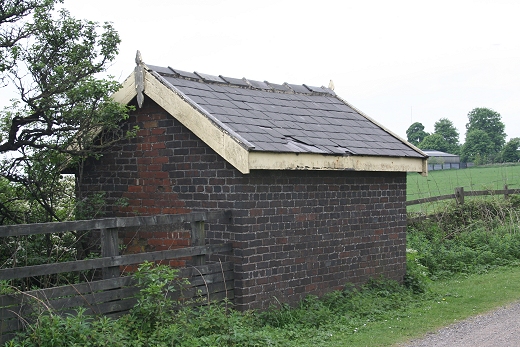
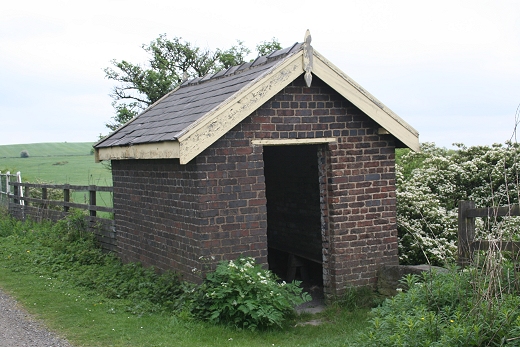

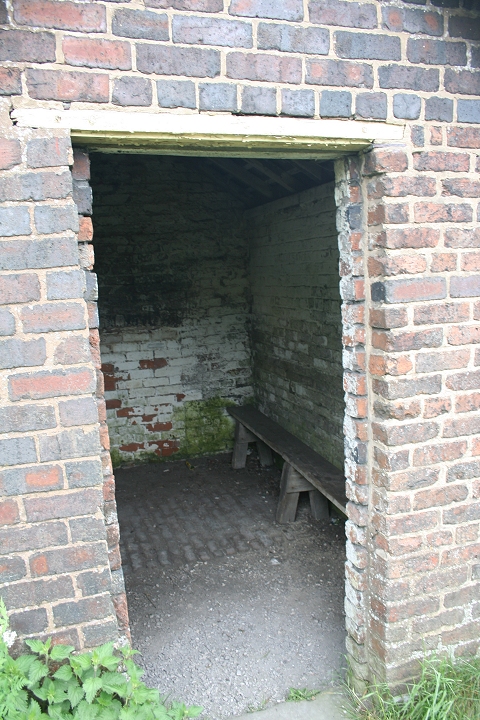
Left: Looking south. Bottom right.
Remains of the wire wheel
site.
Right: Junction with the Cromford-Buxton road (Manystones Lane). From
Via Gellia Road bridge.
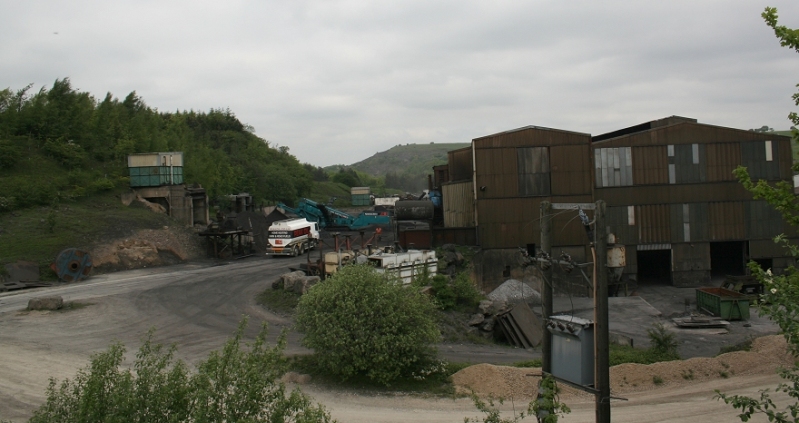
A number of individual
companies use this site.
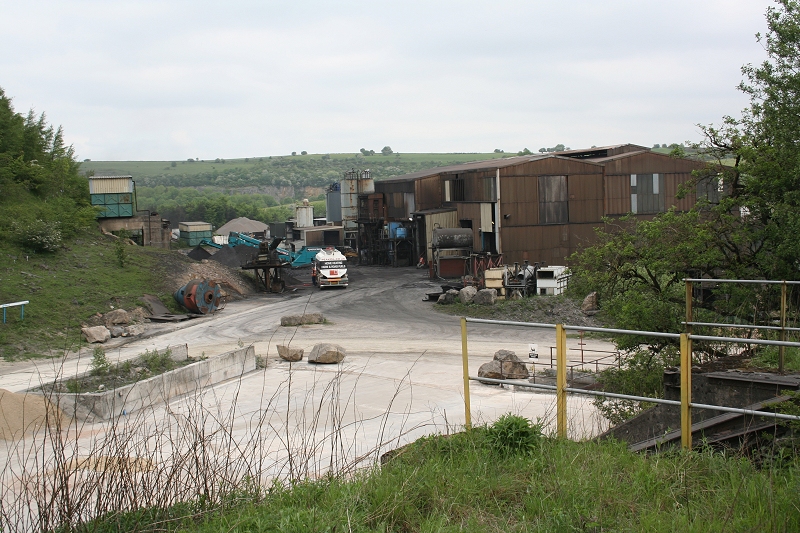
Overlooking the work site. On the
right is the hopper drop with rails still attached over the gap.
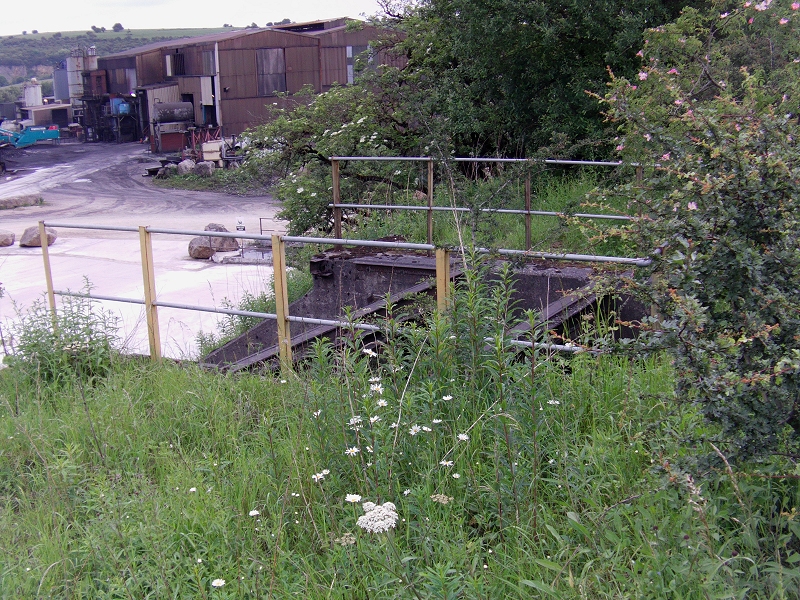
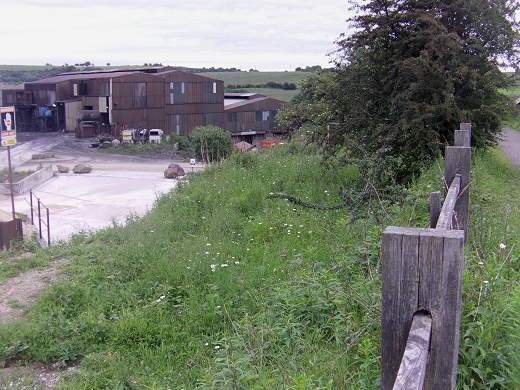
Short siding for the hopper drop.
26th June 2012.
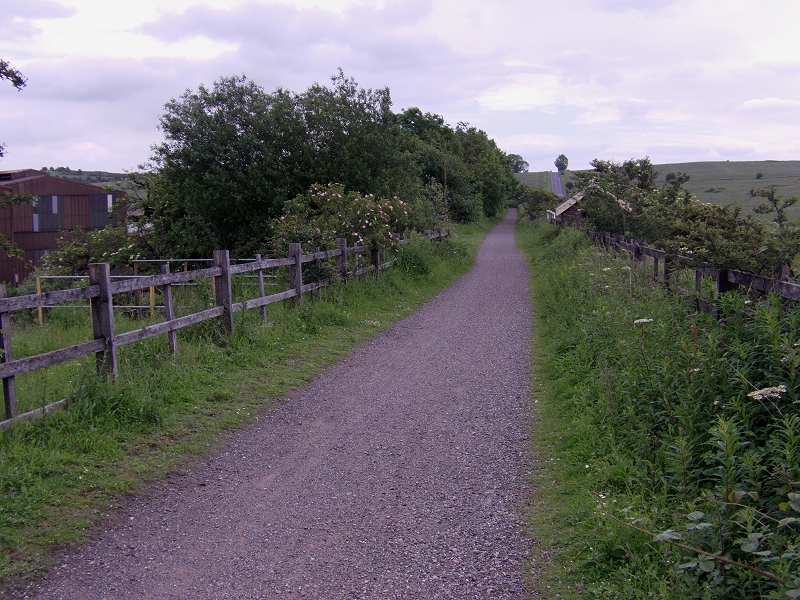
Looking down the incline with the
Hopper drop on the left and the Ex railway hut on the right. 26th June
2012.
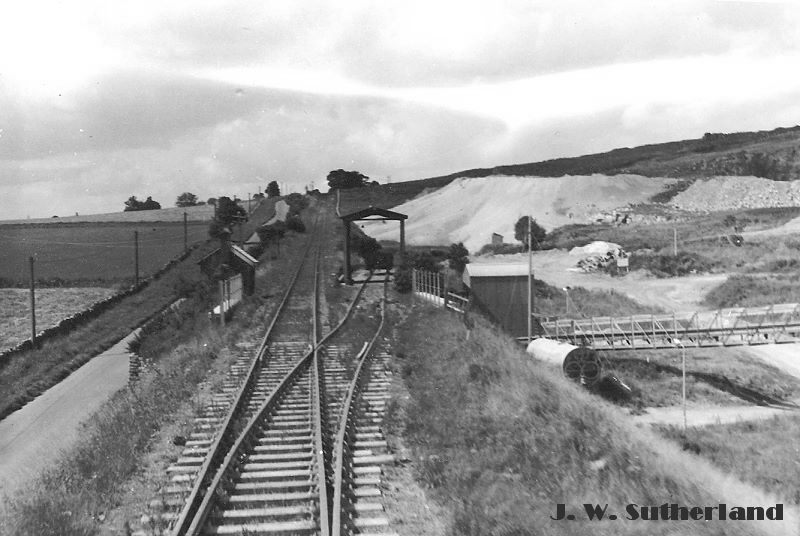
The lead into the Hopper
Drop by J. W. Sutherland. 21st Aug. 1964.
YouTube video of double-headed steam train tackling Hopton Bank Click the line of text.
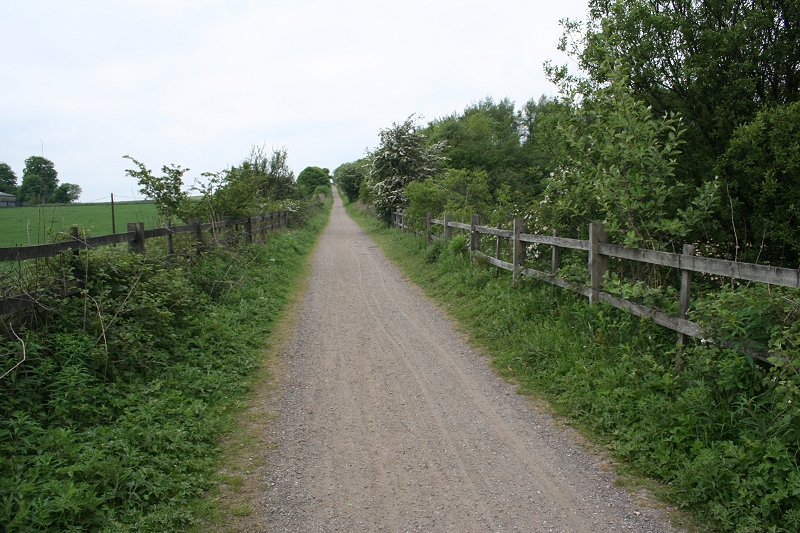
Looking up Hopton
Incline. It was around this position in 1937 that Saddle Tank 27521
became derailed, killing the driver. The loco lay on the road for a
about nine days before it was rescued.
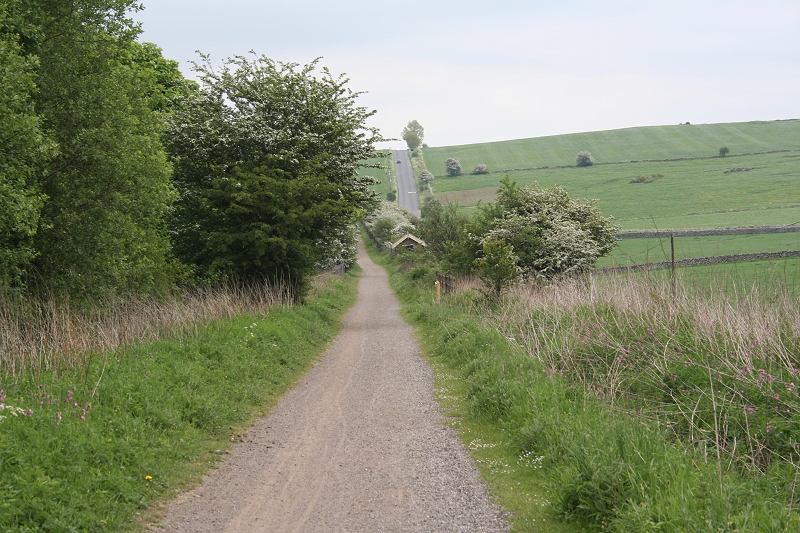
Looking down Hopton Incline towards
the line side hut.
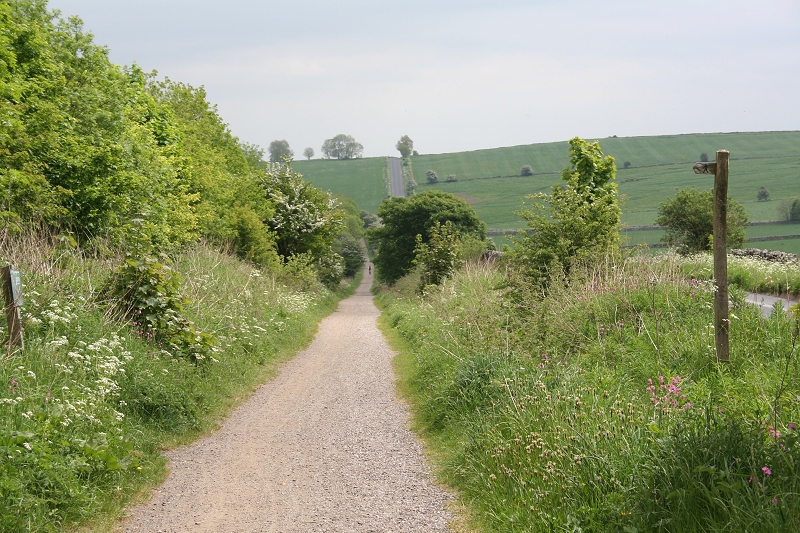
Ditto: From
approaching the summit.
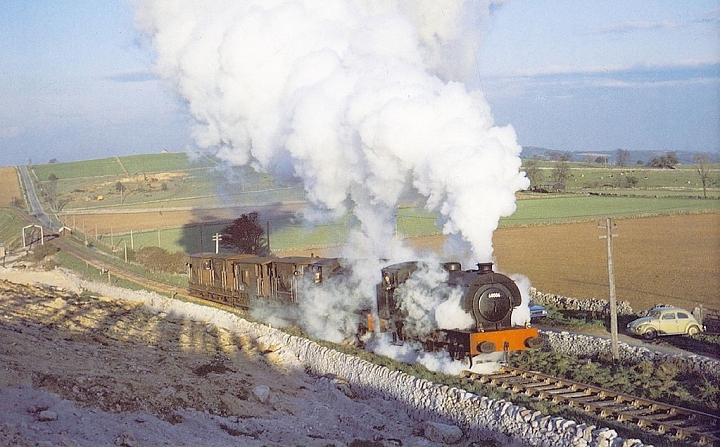
Approximately at the
same place as above. Saddle Tank No. 68012 nears the summit. (John
Neave).
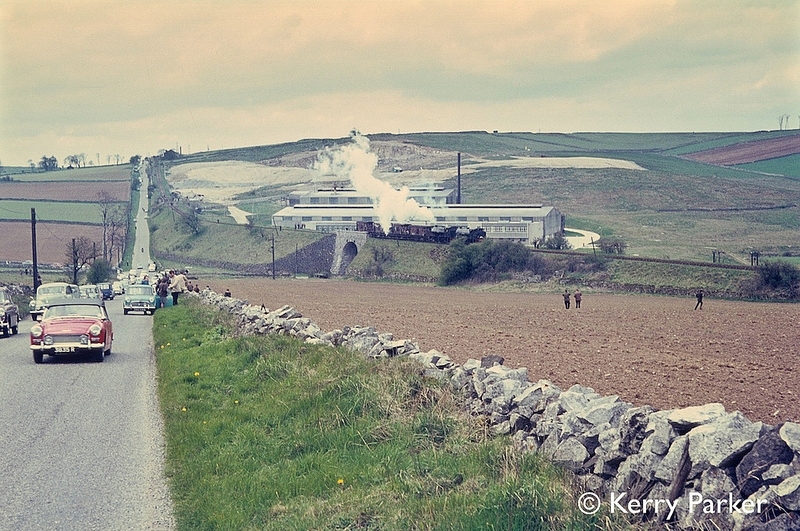
The period cars are
just as historic today. (Kerry Parker)
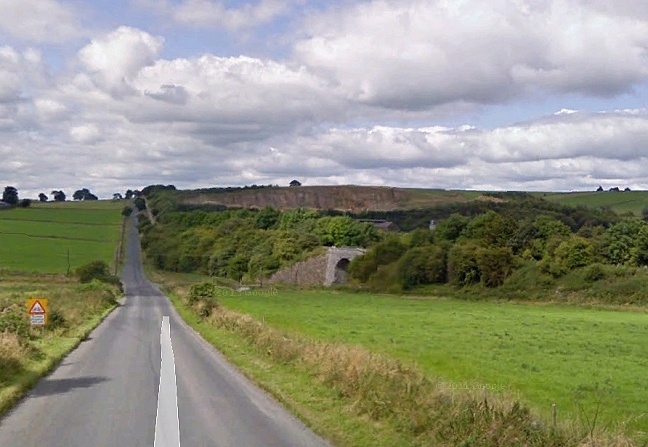
Almost the same spot today on
Manystones Lane. (Google Earth). Everywhere is so overgrown compared
to those times.
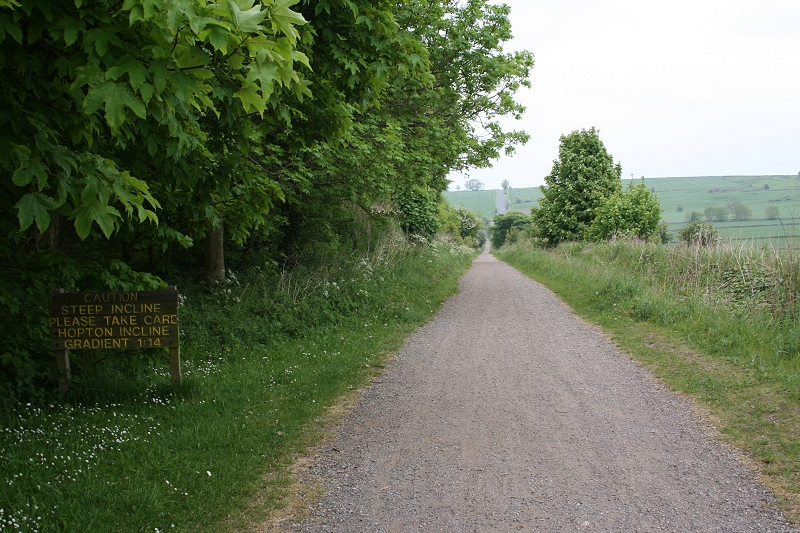
It is not recommended to cycle down
this, or any of the gradients. Along with the speed the track bed is
quite gritty, making steering
and braking very difficult.
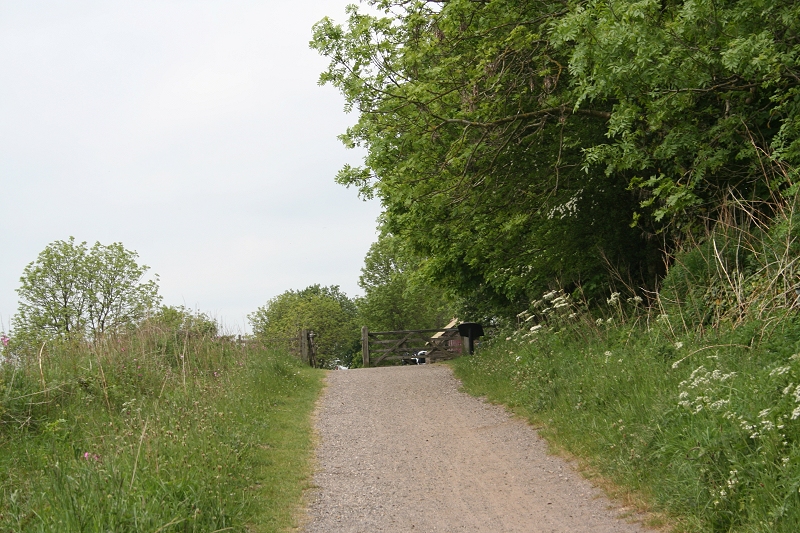
1 in 14 gradient as it reaches the
summit. Backs up what has been said against cycling down the
gradiant(s).
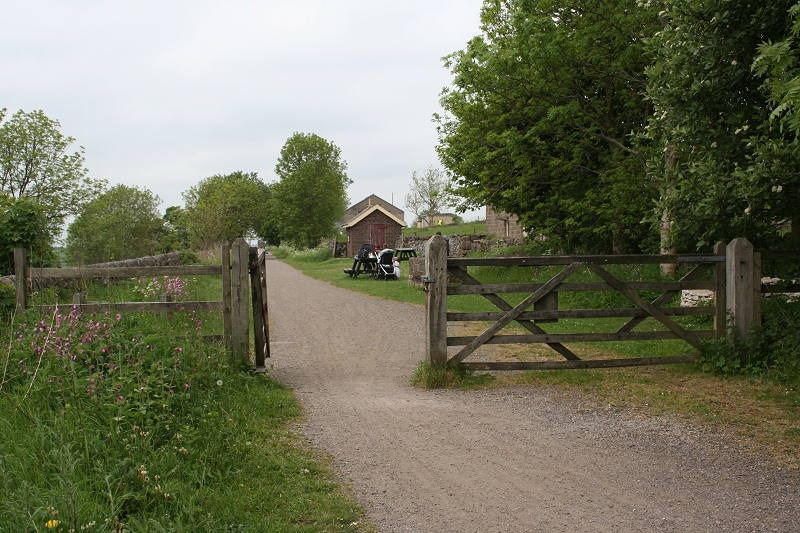
On the level at Hopton
summit.
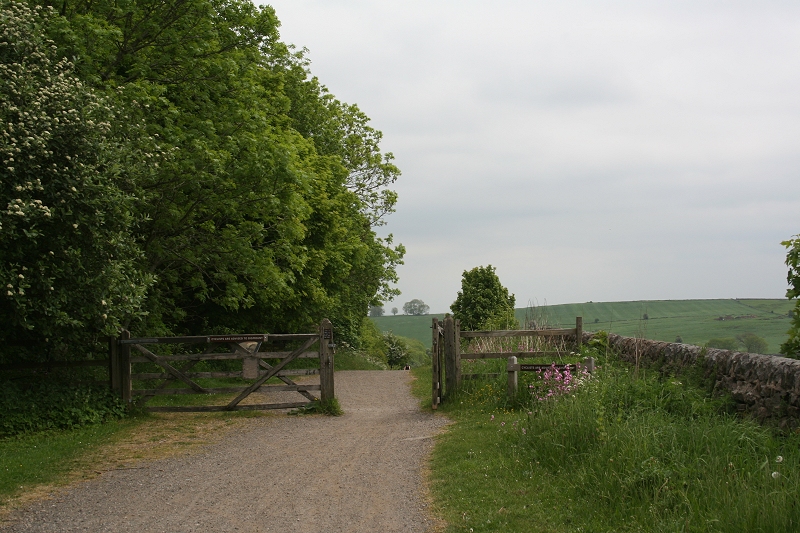
Reverse view. South end of station
site
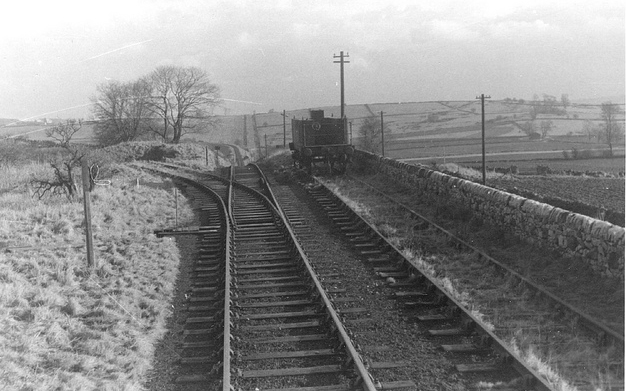
Same spot as above. John Neave. 1960's. The
trap point is open against the Up direction of travel.
The incline was double track originally. The track on the right is all
that remains up incline line.
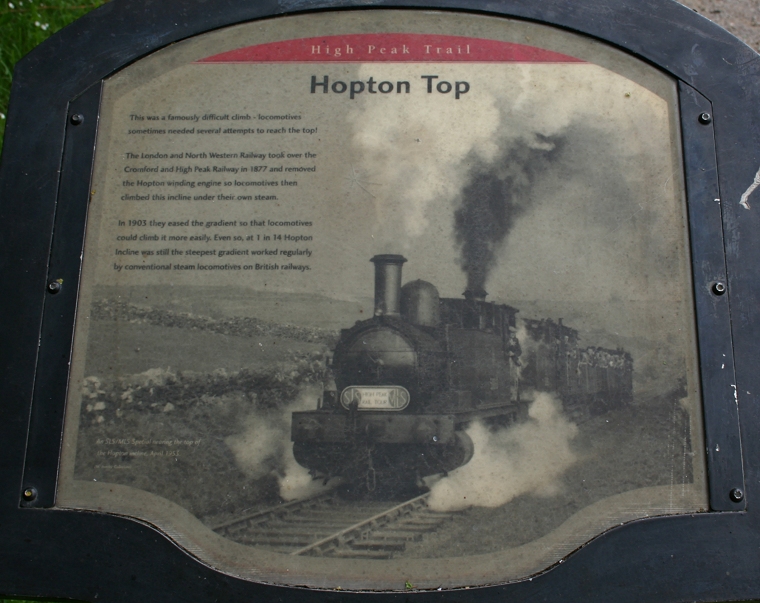
The official Trail Guide.
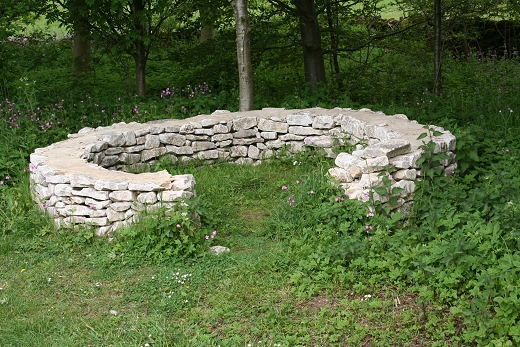
Some sort of 'Coral'
but what is it for! A dry-stone wall demonstration, perhaps!
June 2017. This structure has been
demolished.
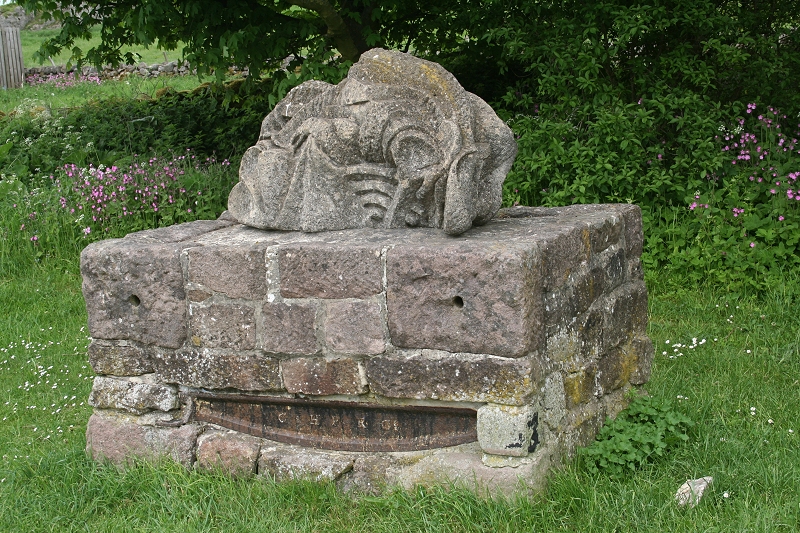
Dedication stone to the C&HP
Railway at Hopton station site.
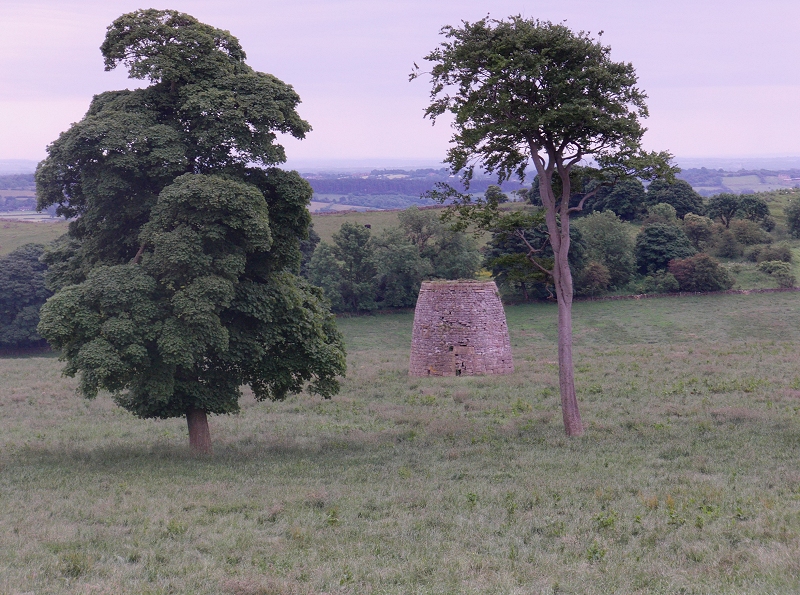
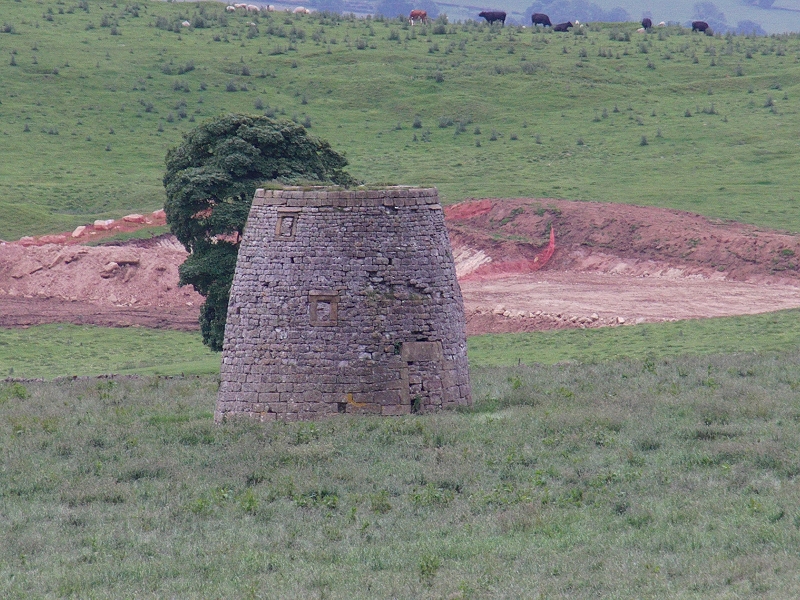
Both above: An old lime Kiln. Seen
from the station level. 26th June 2012.
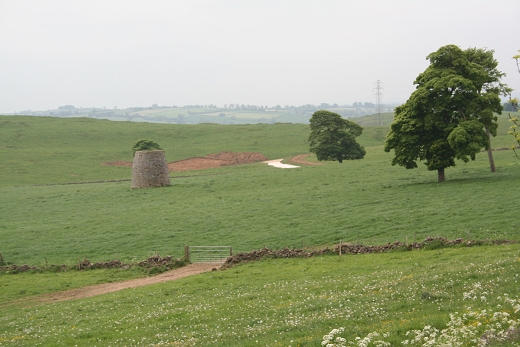
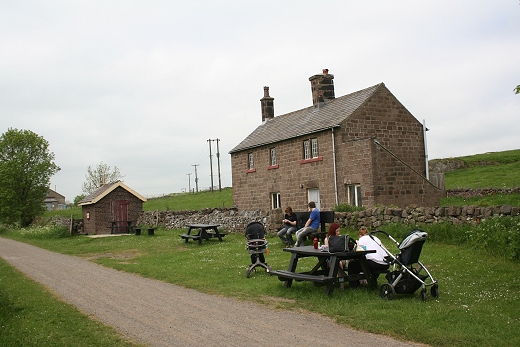
Left: Wider view of
the old Kiln, seen from the station
site.
Right: Hopton station house.
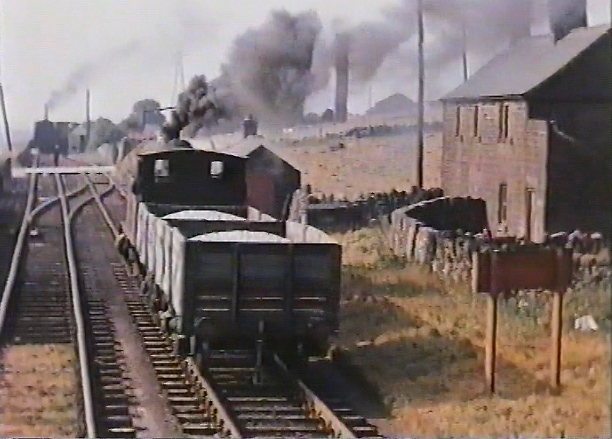
Approaching the same
spot as above right in the 1960's (John Neave)
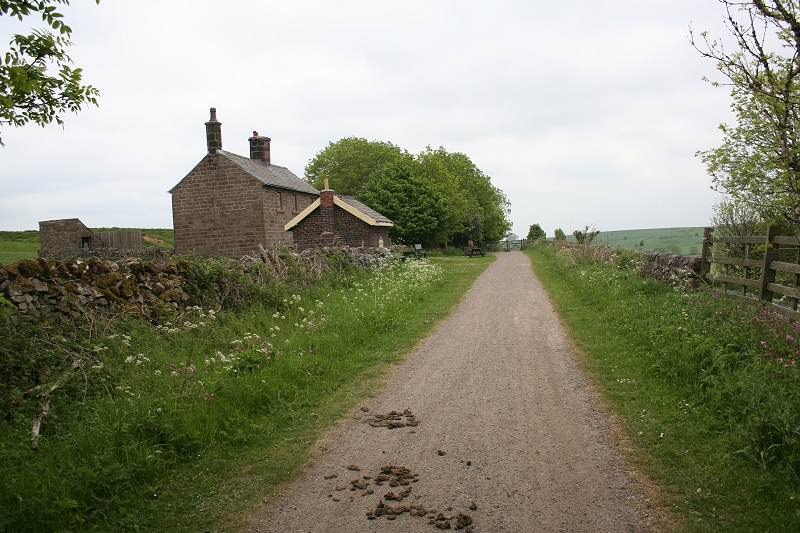
From the north end of the station
site.
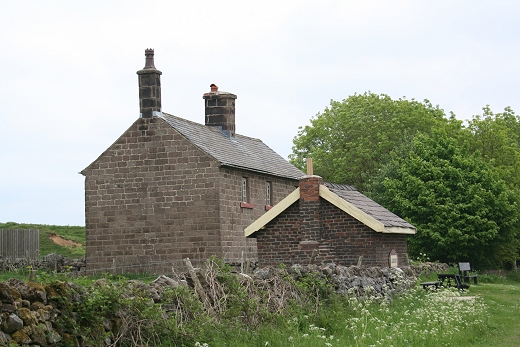
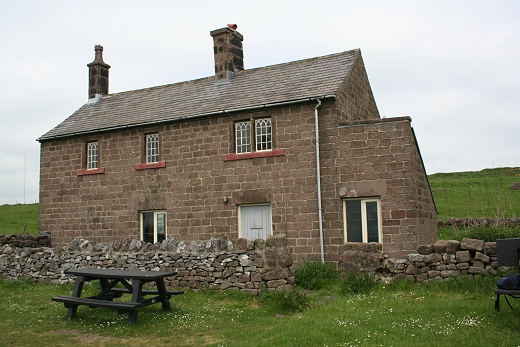

The Station House
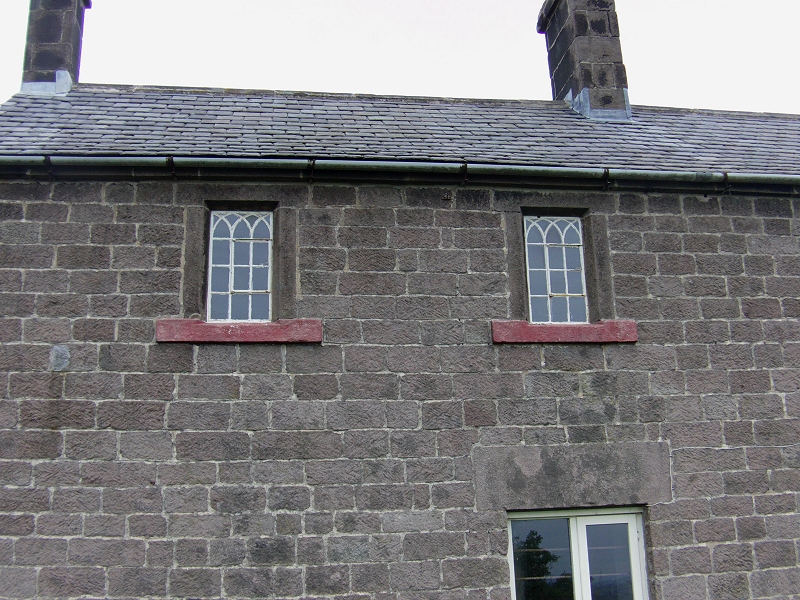
The company-designed
wrought iron window frames. 26th June, 2012.
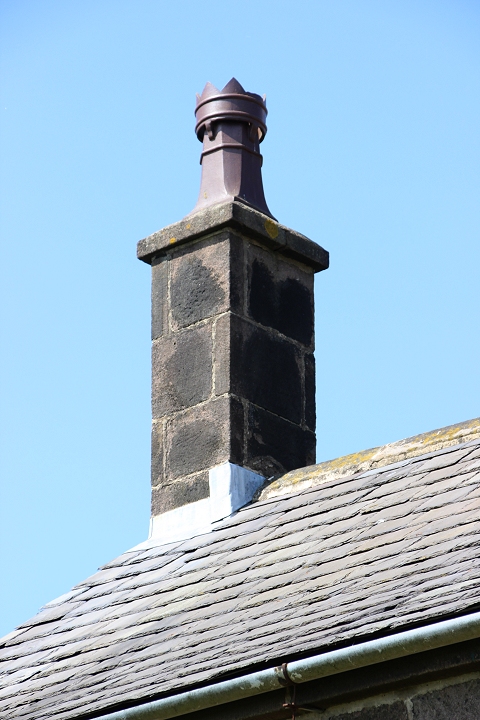
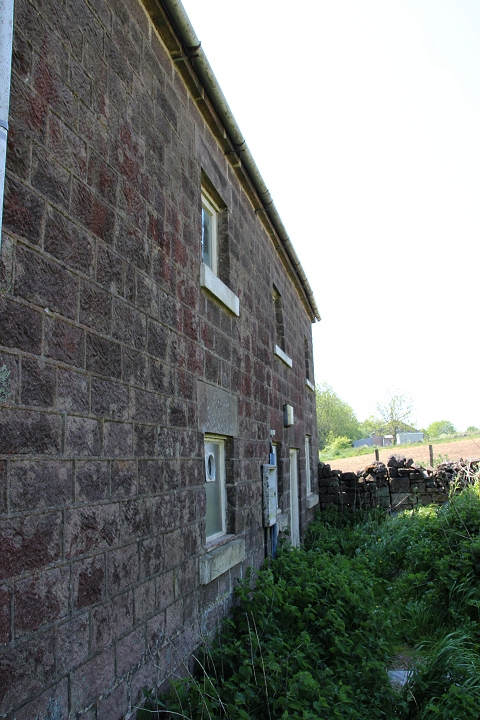
Left: There is quite a
decorative Chimney
Pot.
Right: The rear of the house.May 2018.
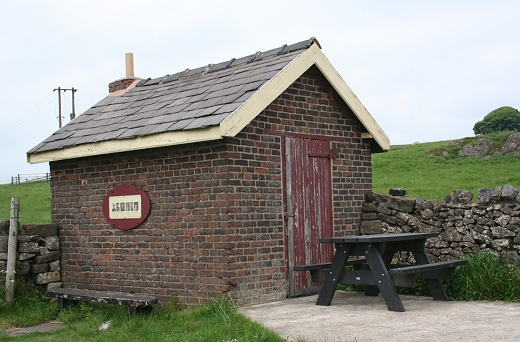
Out building with a
plaque dedicated to C&HP Railway staff.
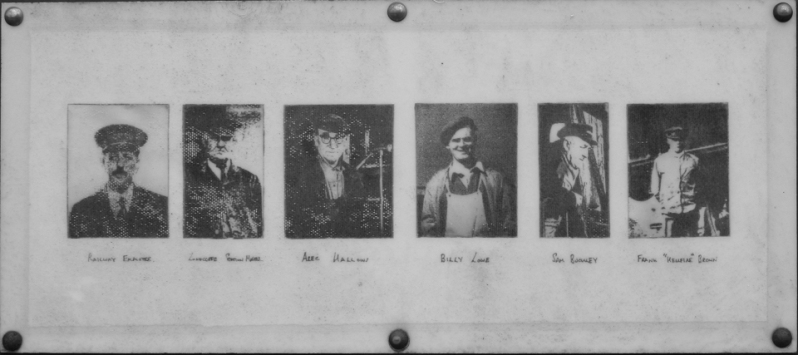
HOPTON GOODS YARD & SHED (SITE) Updated June 30th 2013.
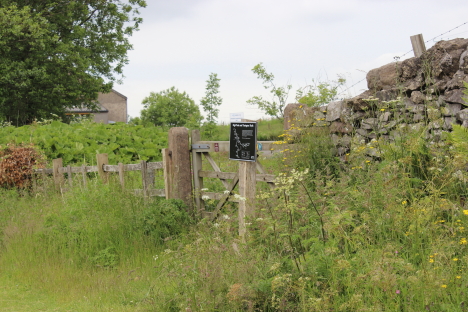
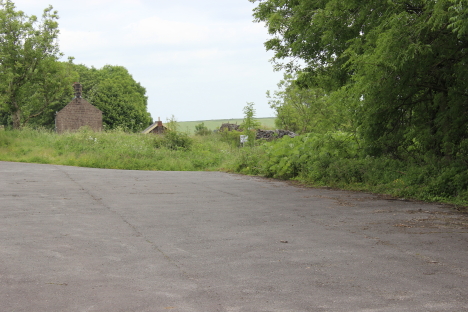
The
entrance to Hopton Goods Yard from the station.
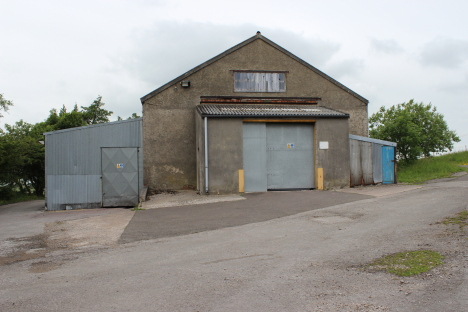
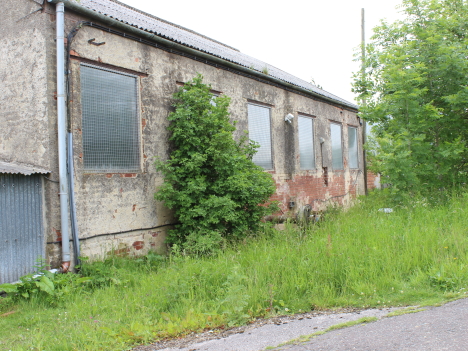
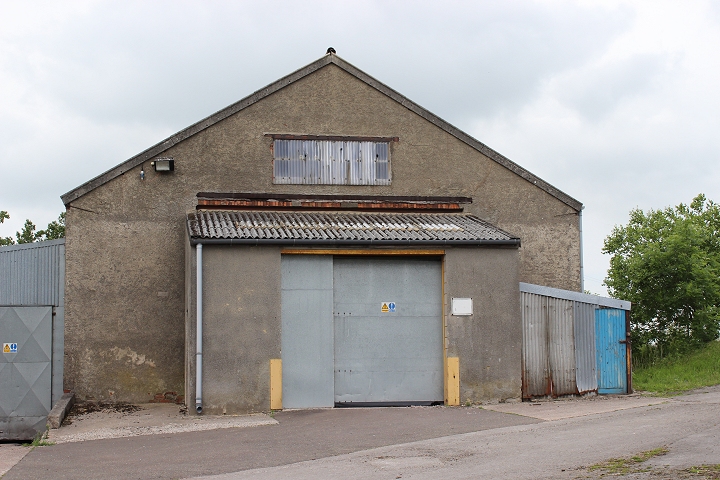
The goods shed is complete but has a
number of new add-ons to the sides and rear of the building.
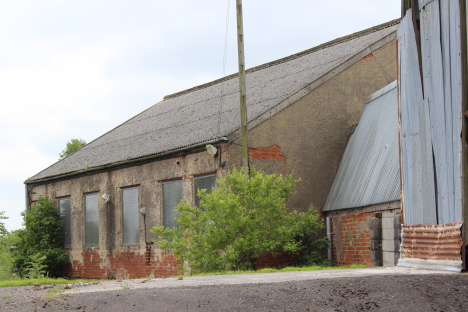
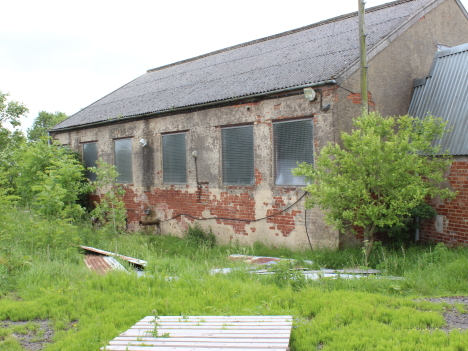 .
.
=======================================================
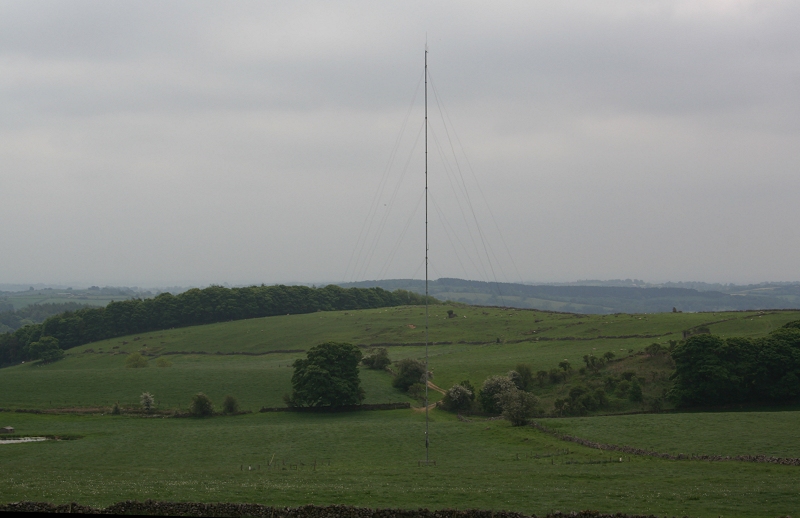
Two views from Hopton Summit.
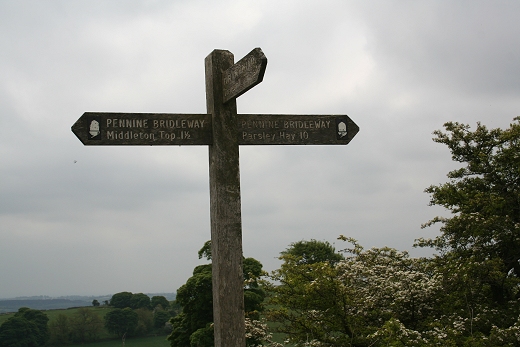
Way sign by Hopton
level crossing site.
=====================================================
To HOPTON SUMMIT TO HIGHCLIFFE
My Thanks To.....
John Neave for his kind permission to use a number of his 1960's photographs when the railway was still in operation. Check out John's ''Going Loco'', which includes a C&HPR history. At....
http://goingloco.neave.com/Mark Norton for the use of 1940's photos by his late father Dennis J. D. Norton.
http://www.photobydjnorton.com/CHPR_Menu.html#LinksReading: The Cromford & High Peak Railiway by John Marshall. Published by Martin Bairstow. Printed by The Amedeus Press 2011.
Other Railway Walks....
The Dundee & Newtyle Railway The first passenger railway in Scotland opened in 1831, which had three inclines operated by stationary steam engines. The main source of income was from
the numerous stone quarries in the area and local farming produce. Passenger numbers were always sparse.
The inclines were abandoned in the mid 1800's by new deviations that allowed through locomotive running.
The line also included the Dundee Law (Hill) tunnel built at 300ft above the City. Both the north & south portals of the tunnel are buried below modern housing schemes.
Passenger services ended in 1955 and the line closed completely in the mid 60's.
Unlike the C&HPR none of the Engine houses were preserved. The inclines can still be followed but sections have been back-filled or ploughed over
This web site tries to cover as much as possible.Boddam To Ellon Branchline Built by the GNSR in the latter part of the 20th century. The passenger service only lasted until 1934 but goods remained up to total closure in 1949.
The GNSR built a large Golf course and Hotel at Cruden Bay, with an electric tramway between the station and hotel. All that remains today is the Golf course.Other web pages....
Kittybrewster Memories. Kittybrewster Loco Depot, Aberdeen.
Tivoli Memories The Tivoli Theatre, Aberdeen.
Hosted by www.theatreorgans.com